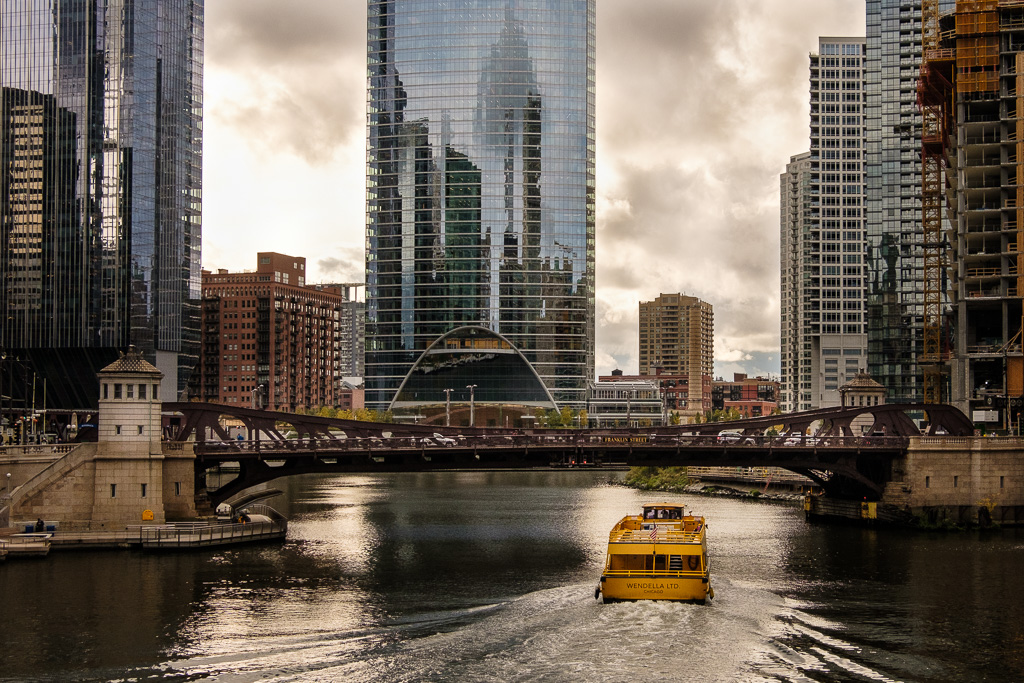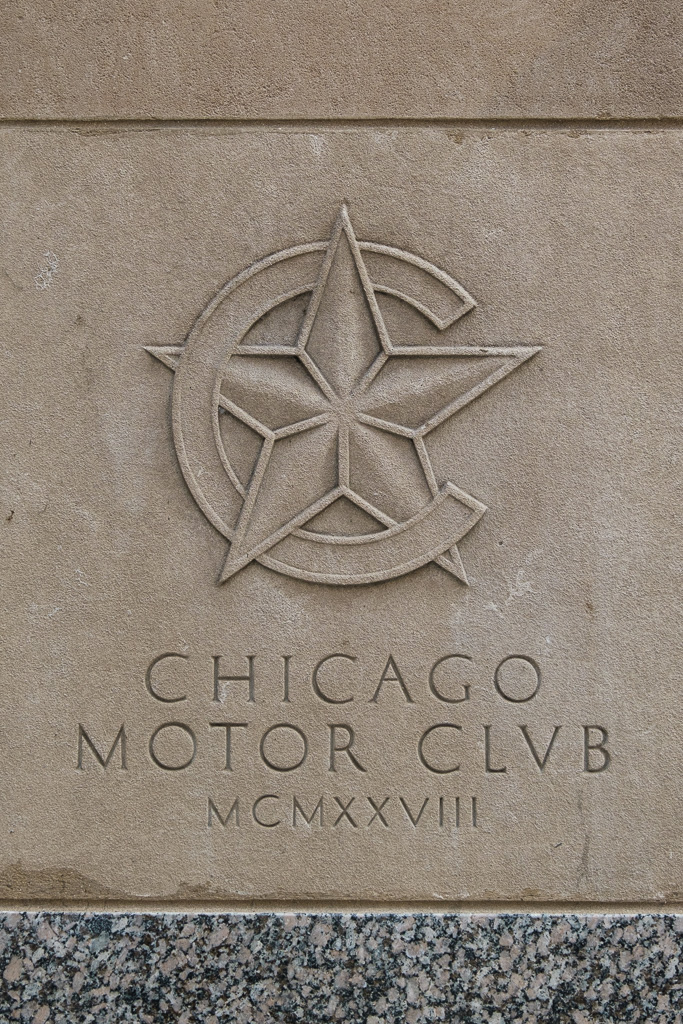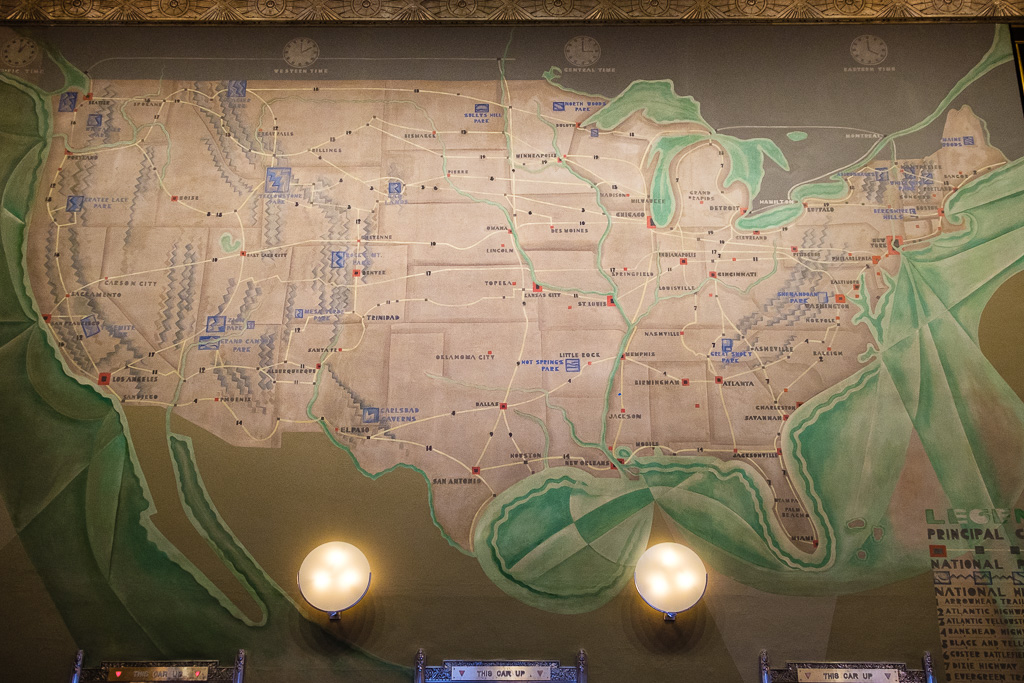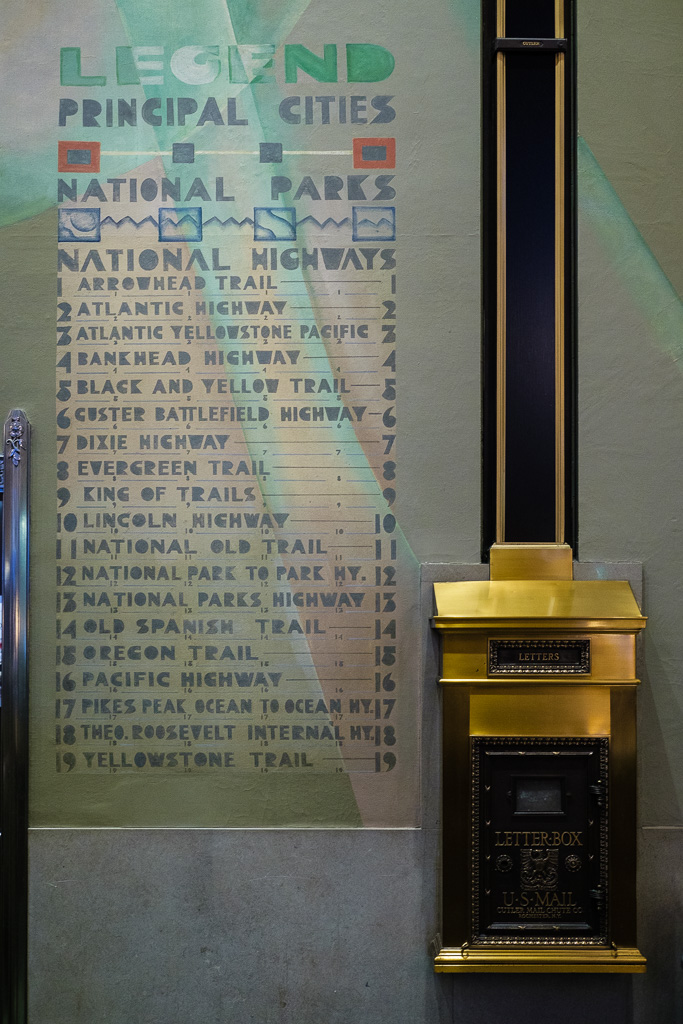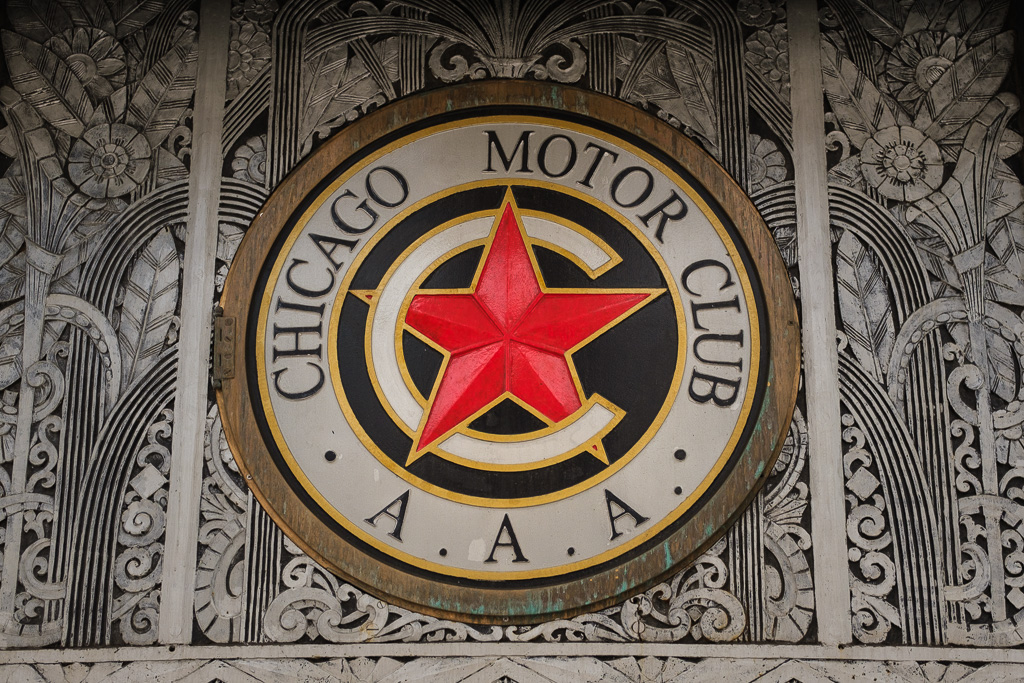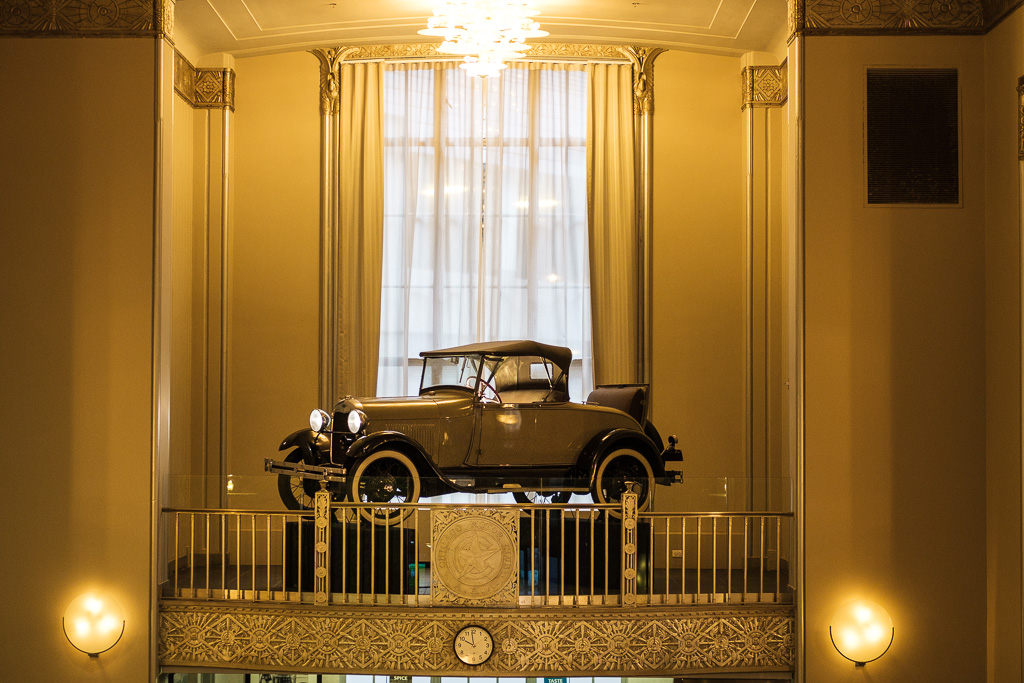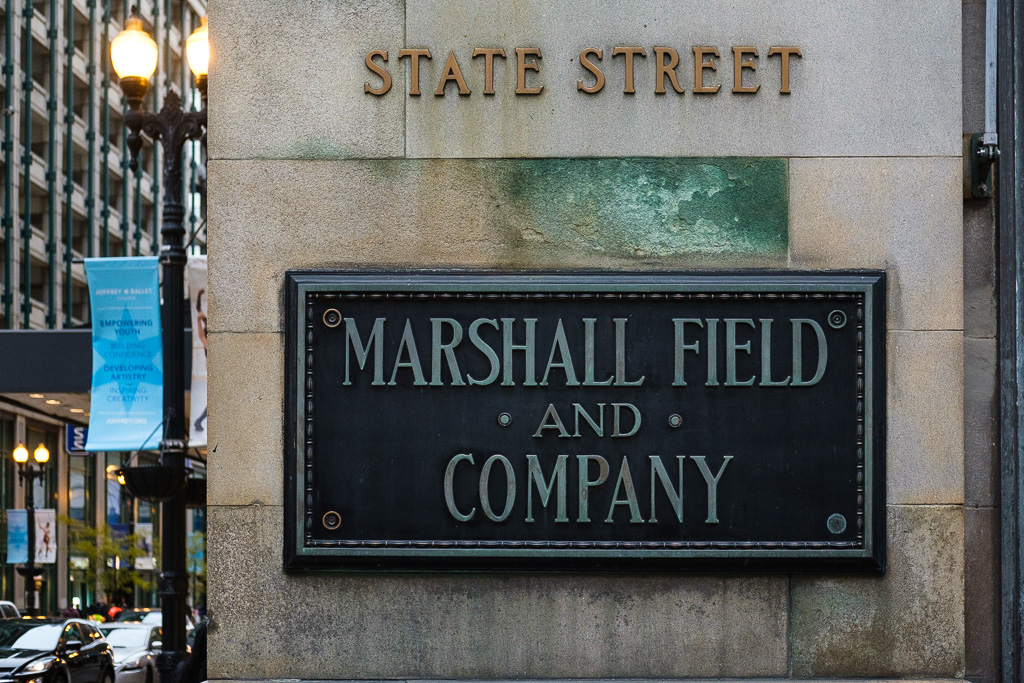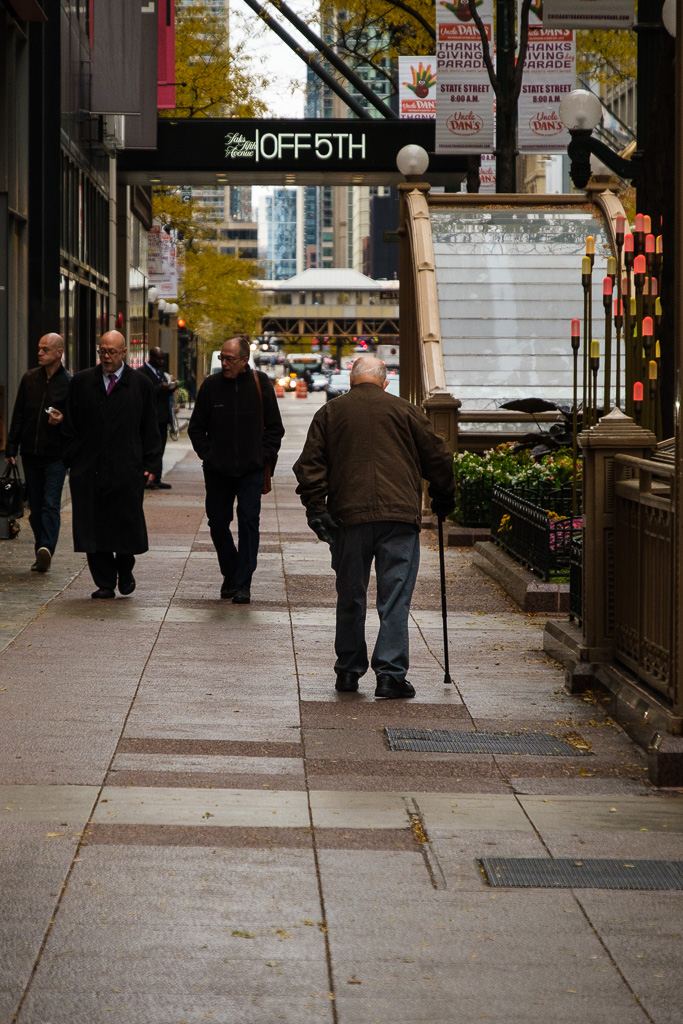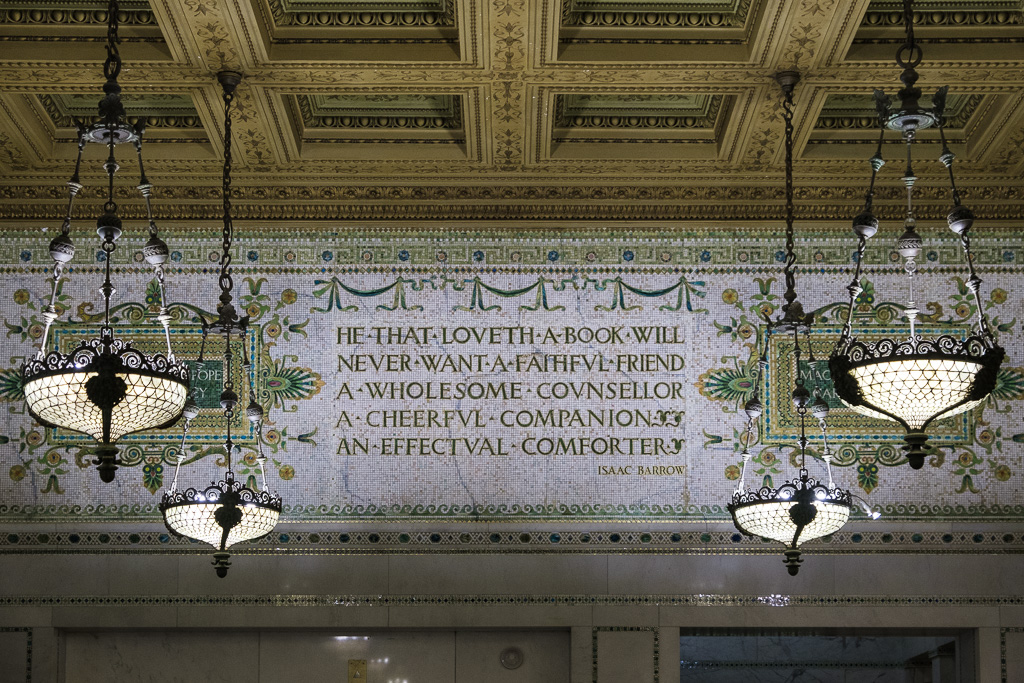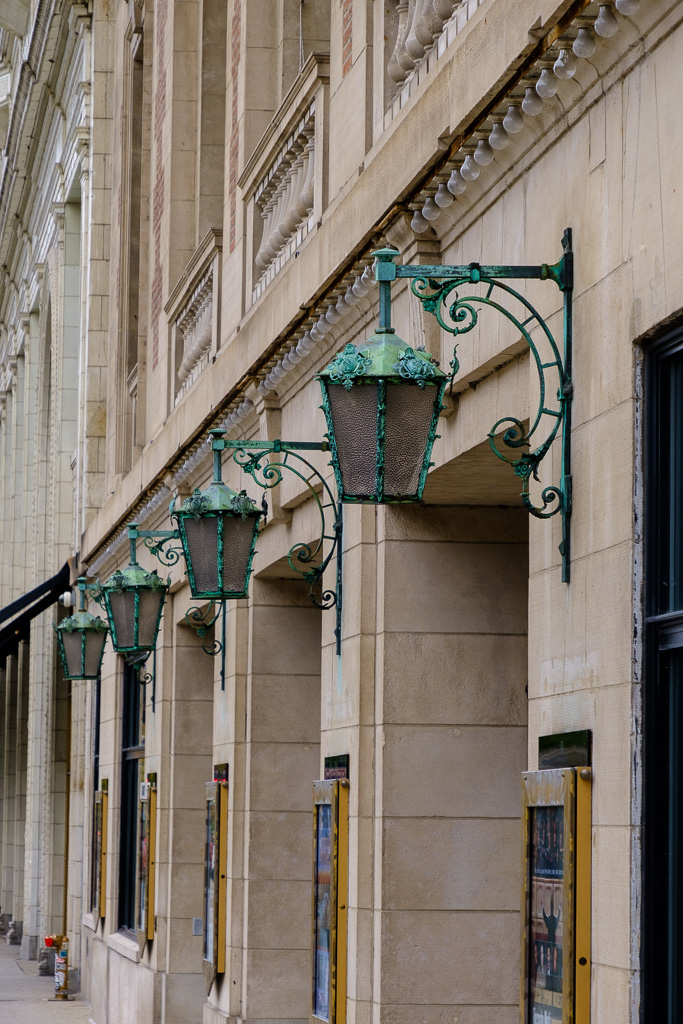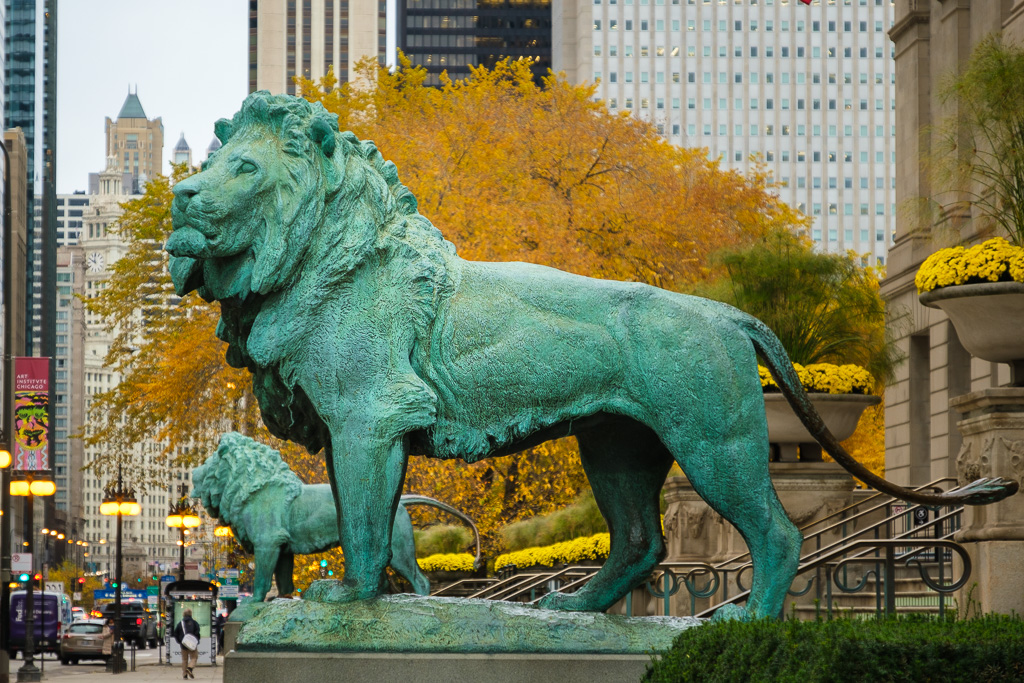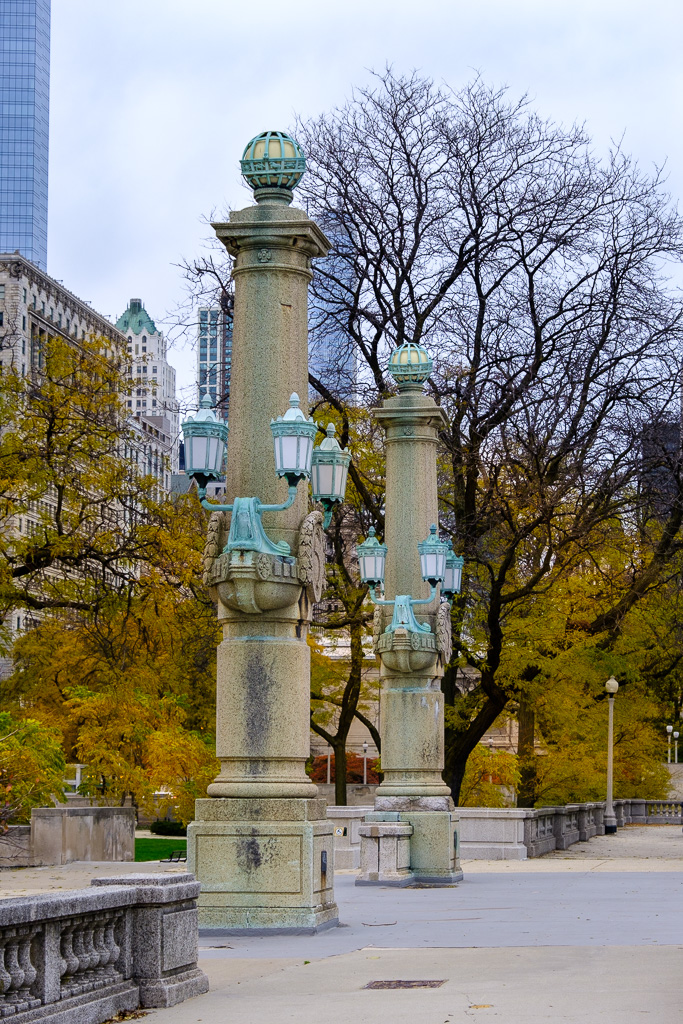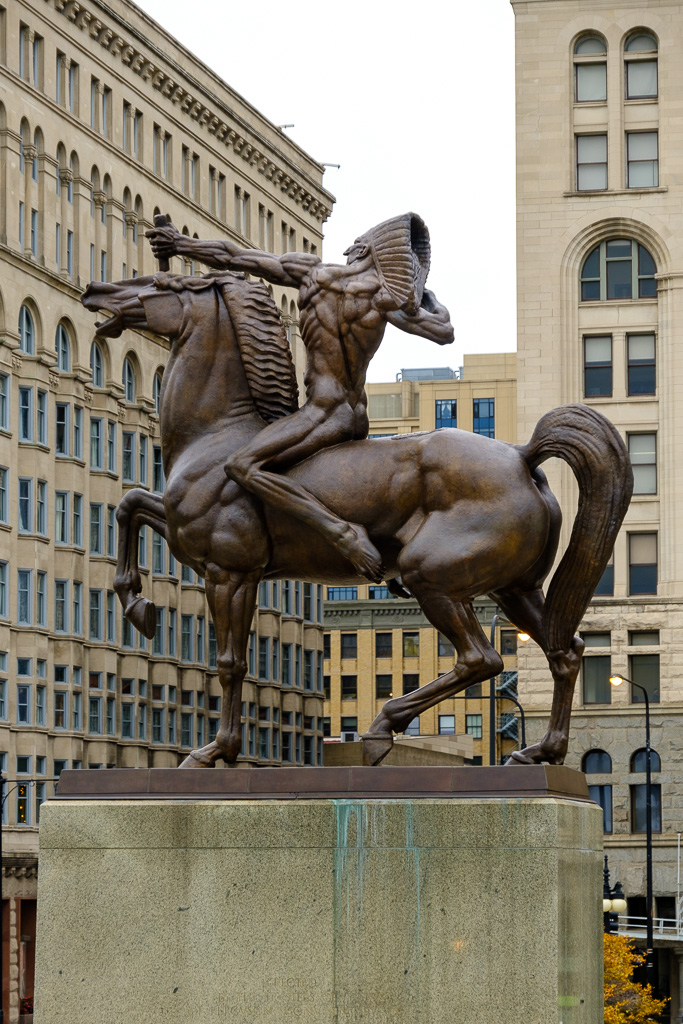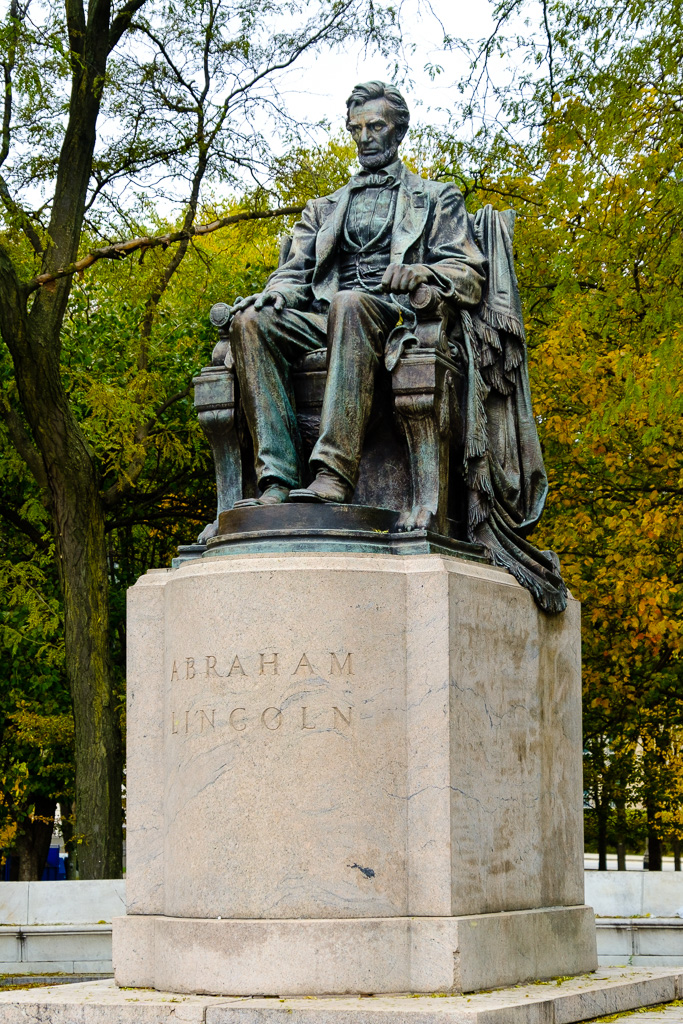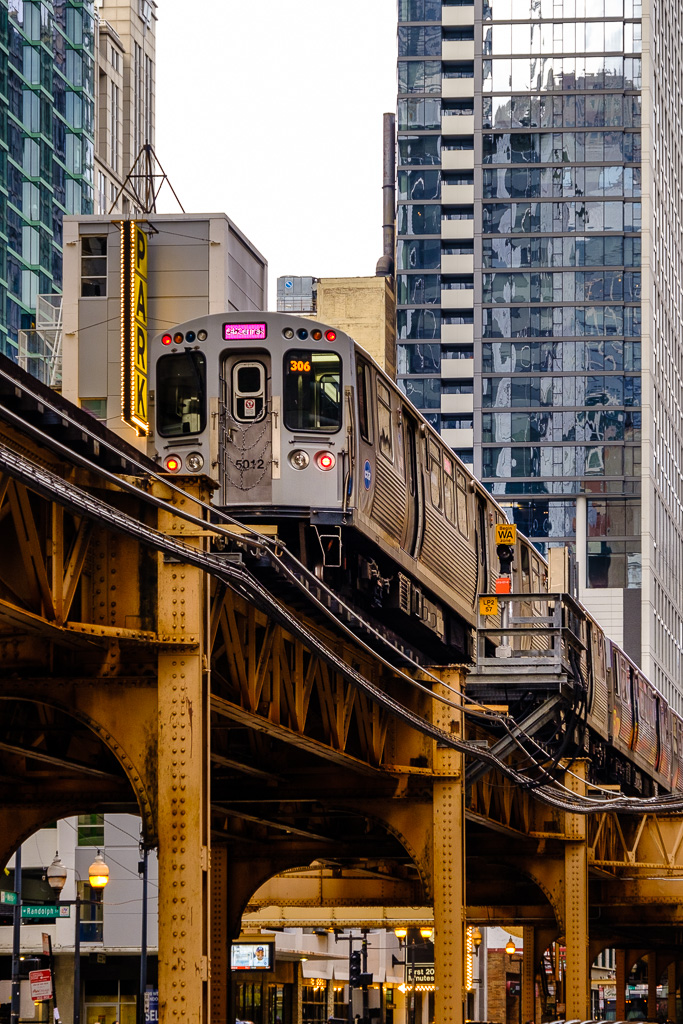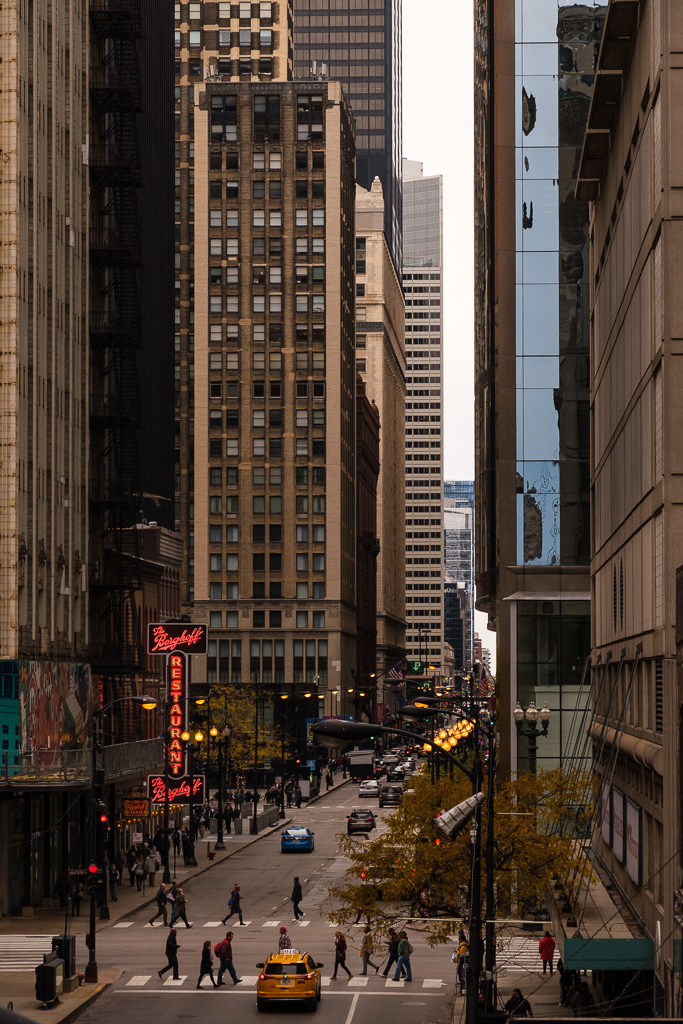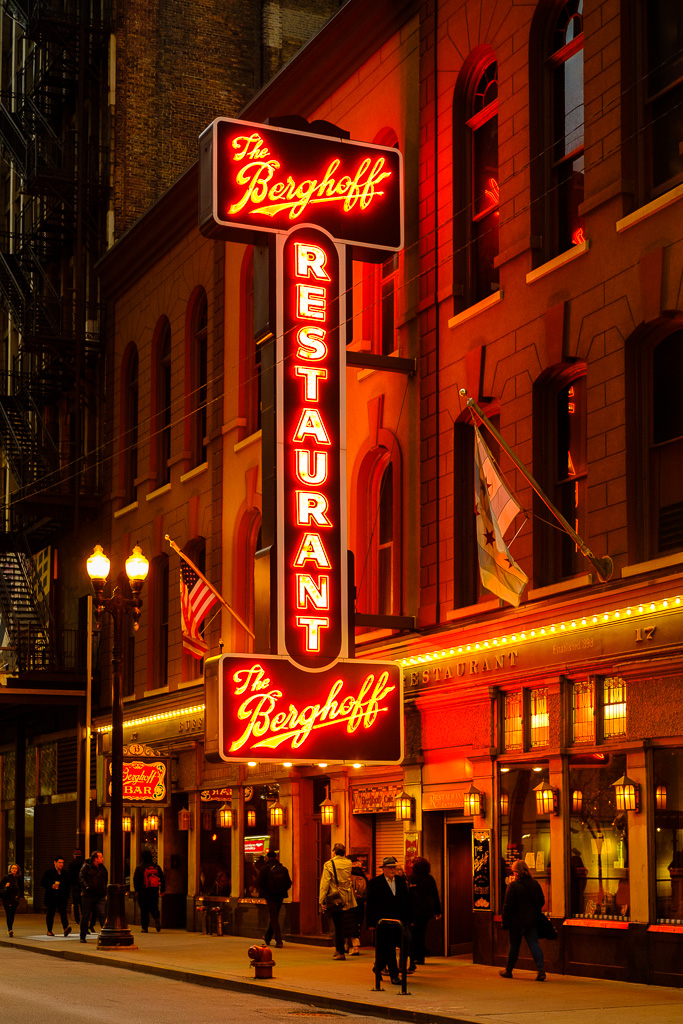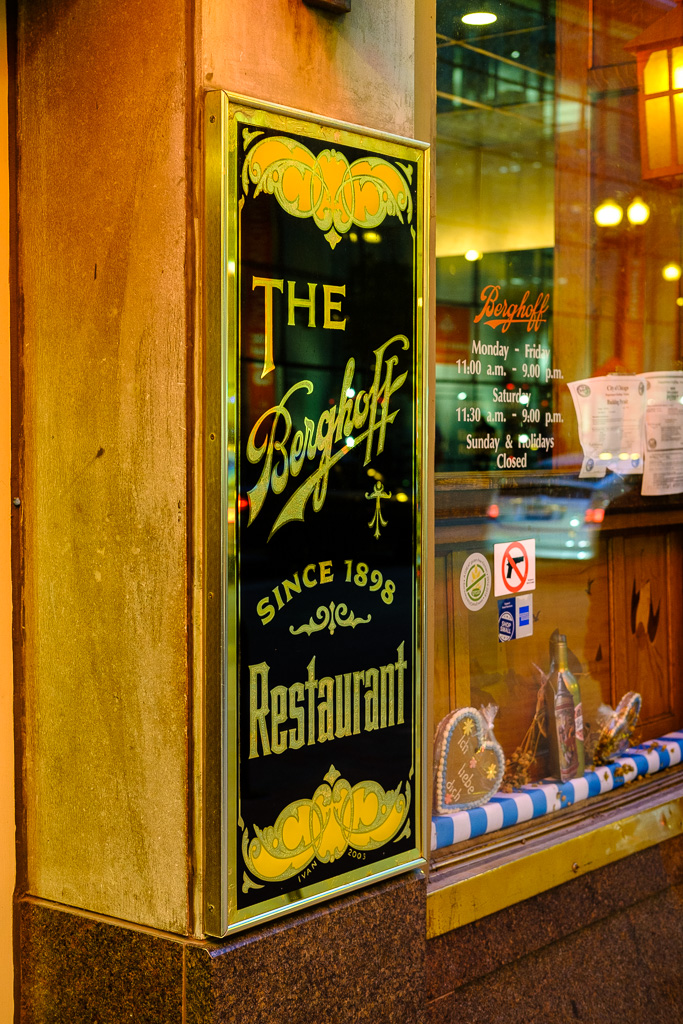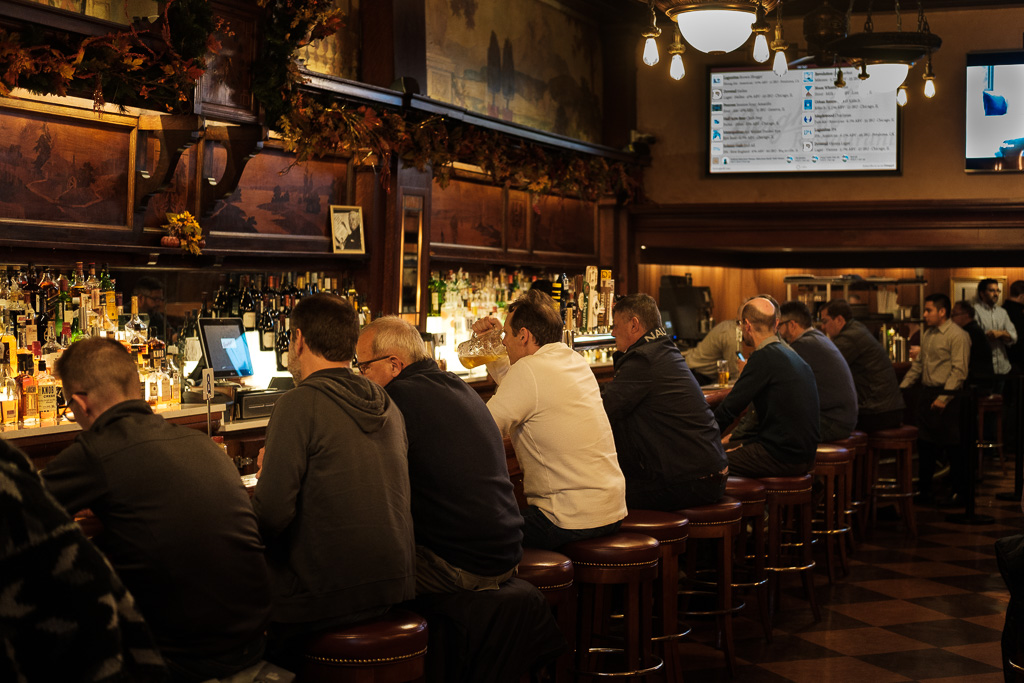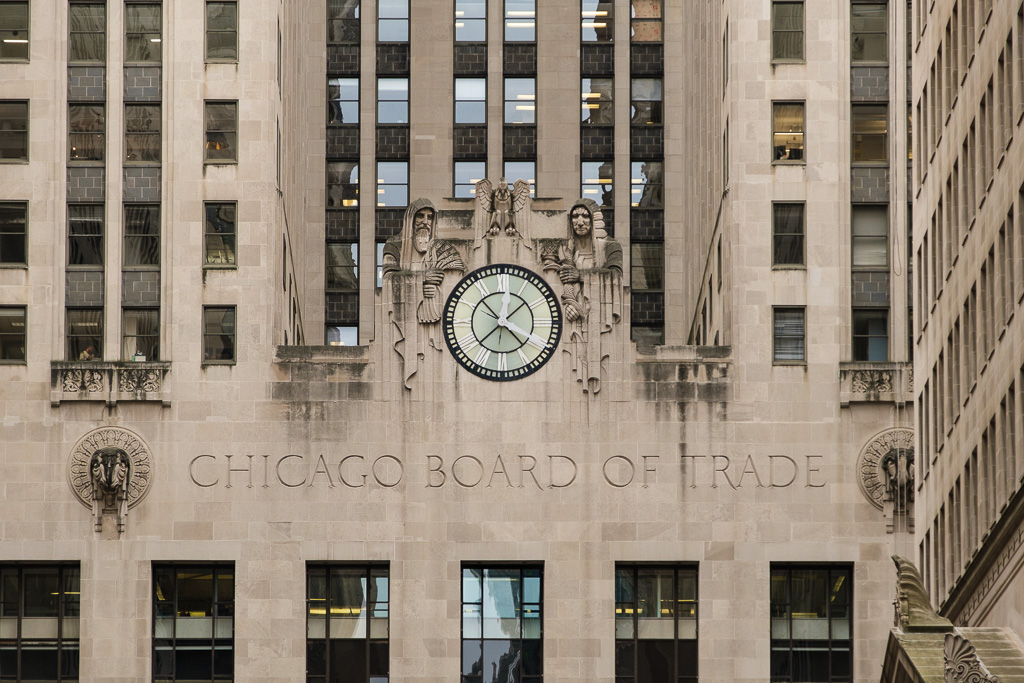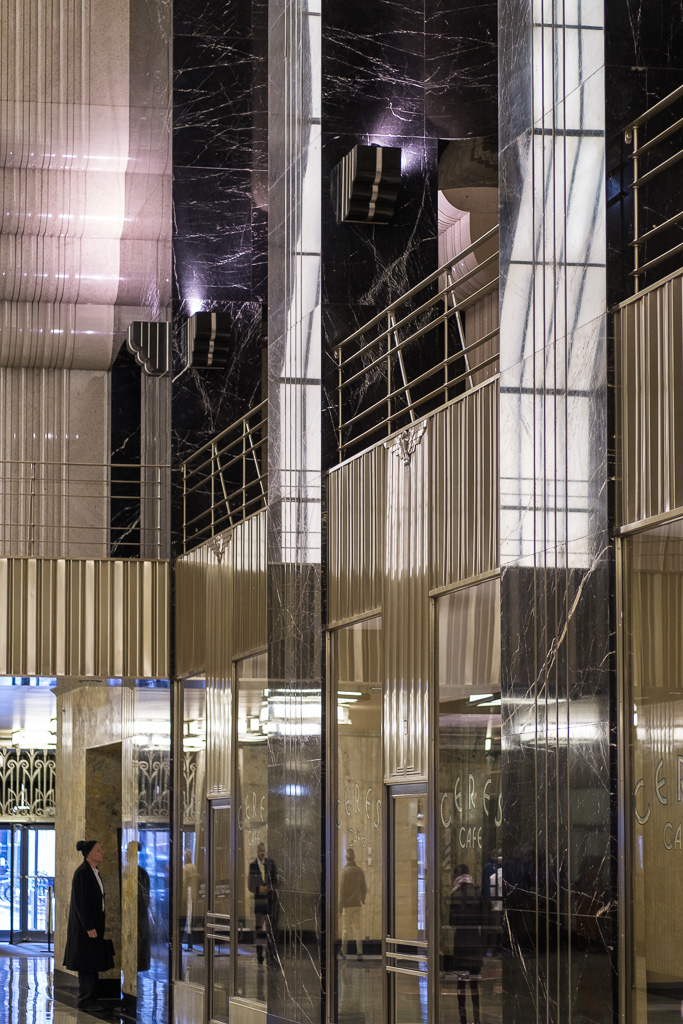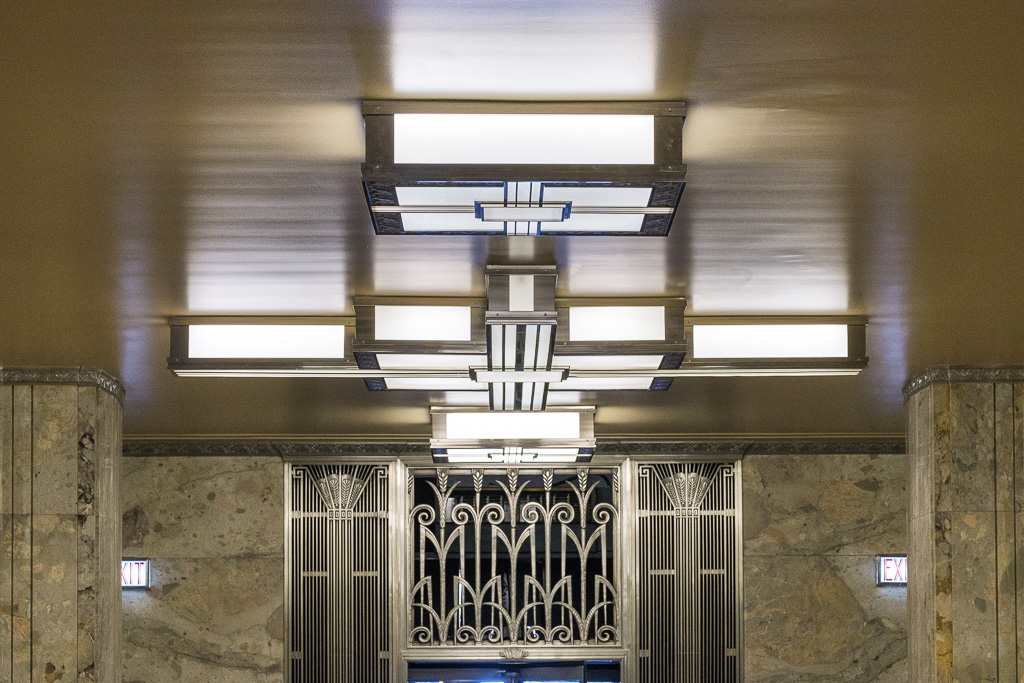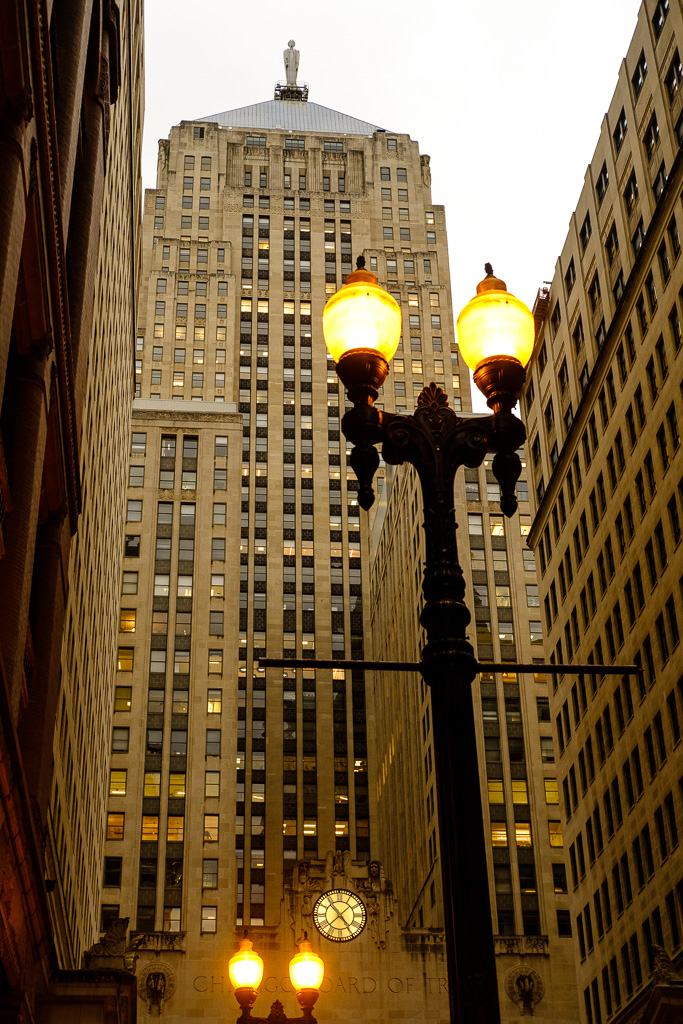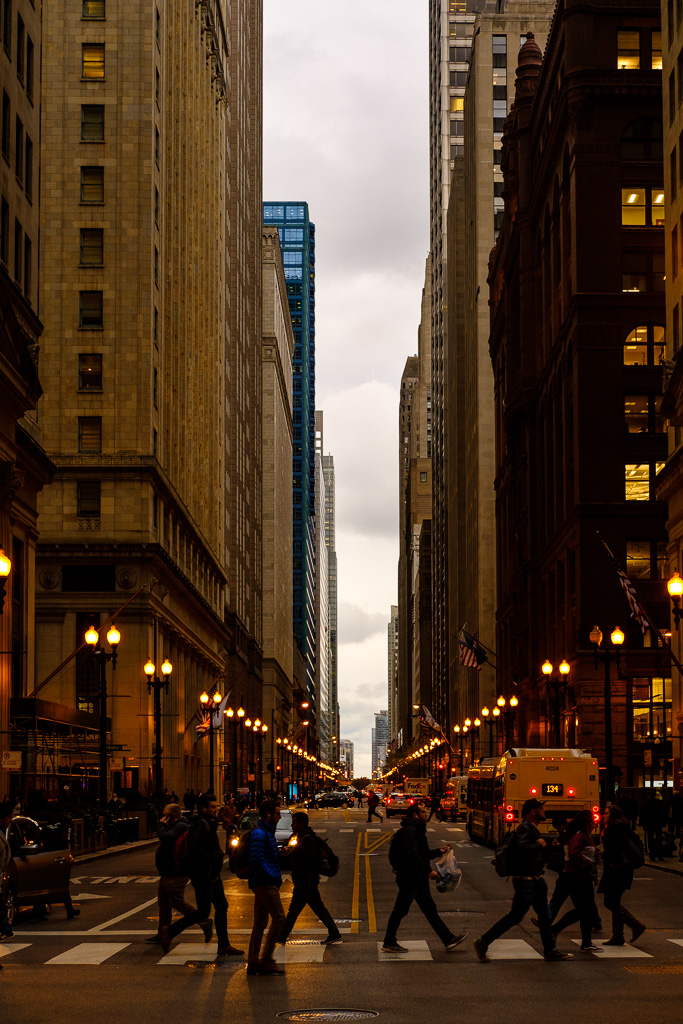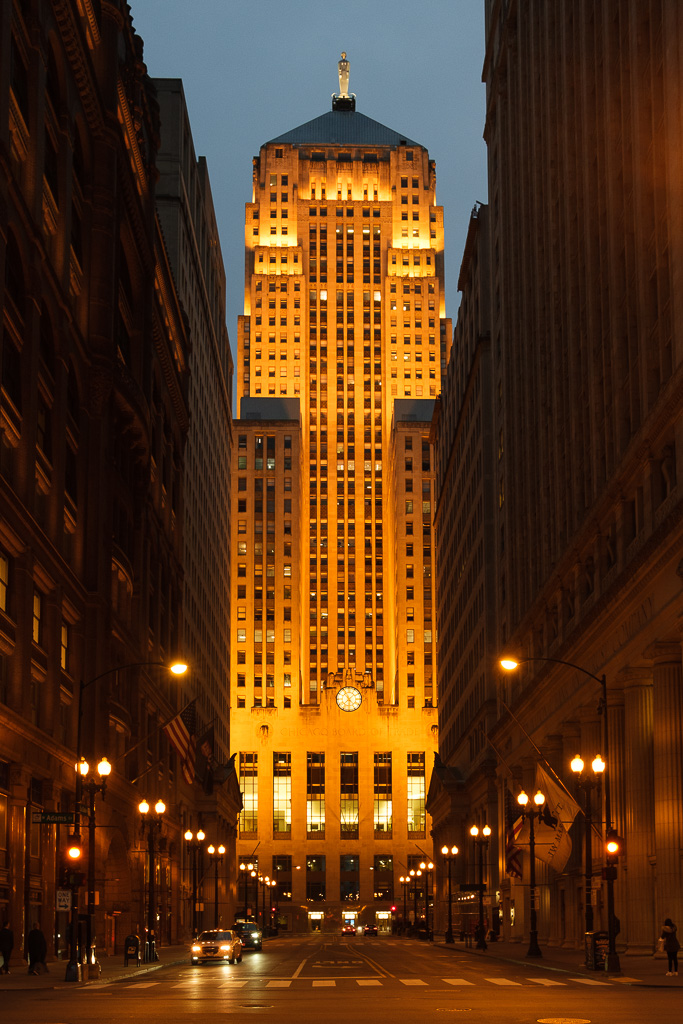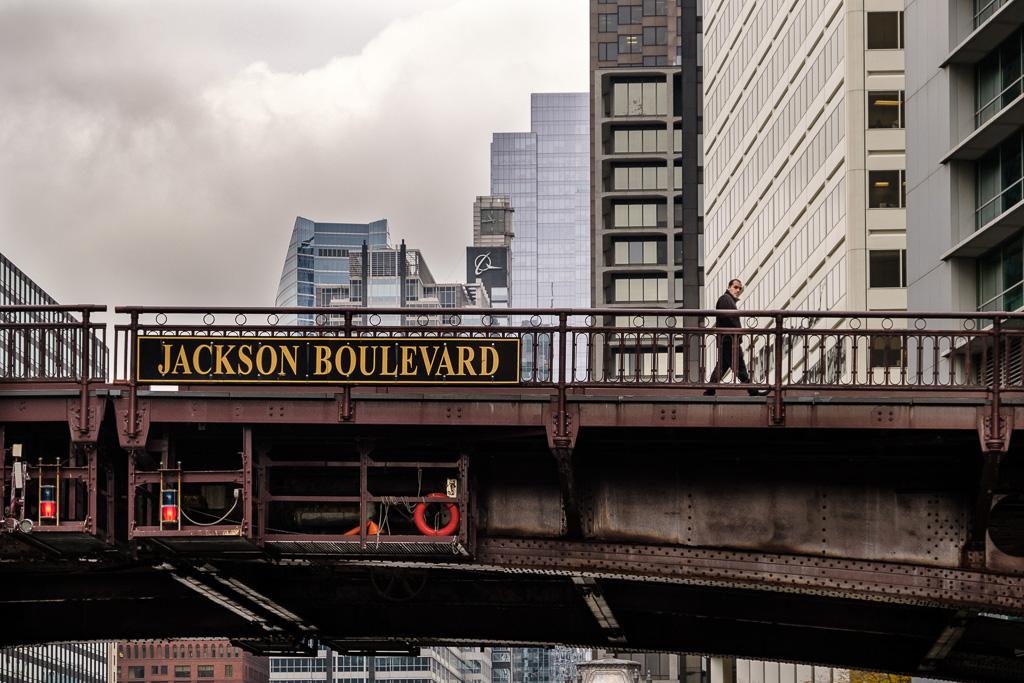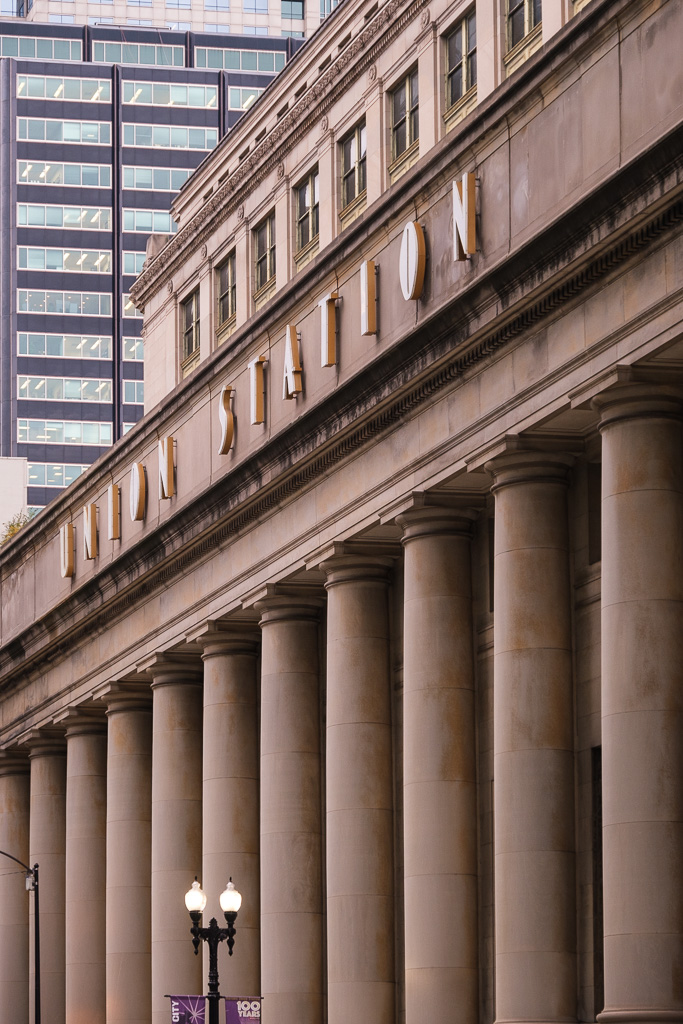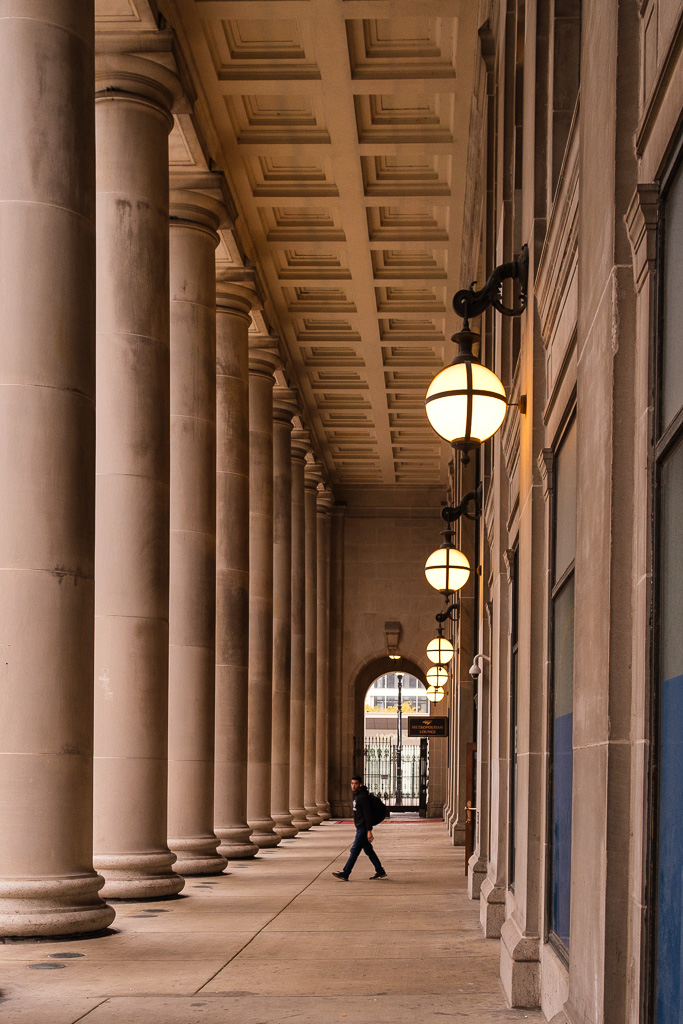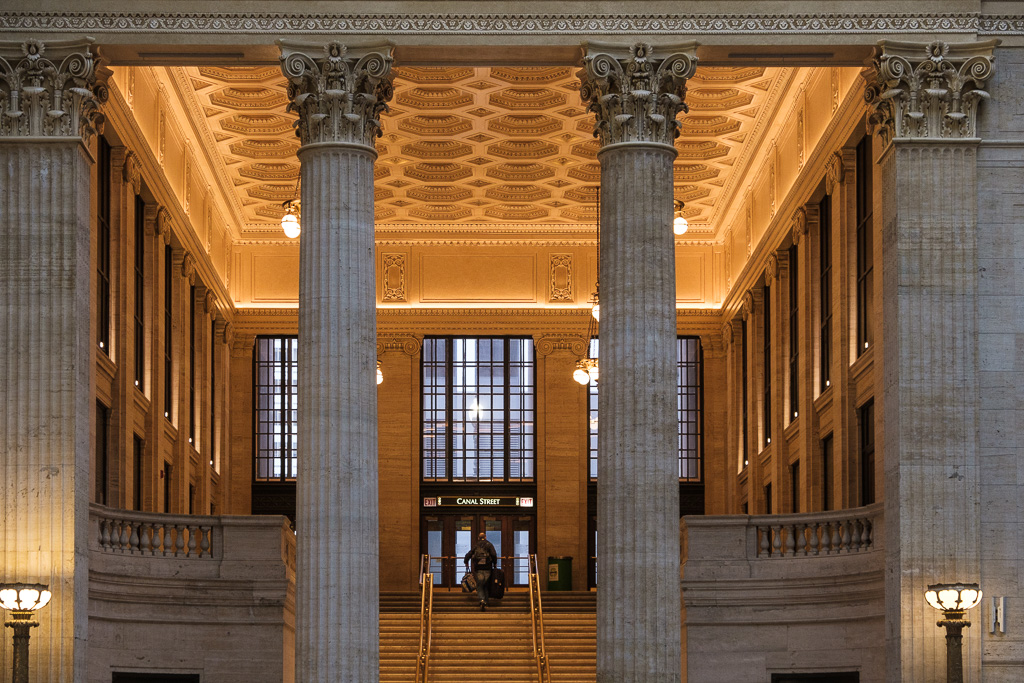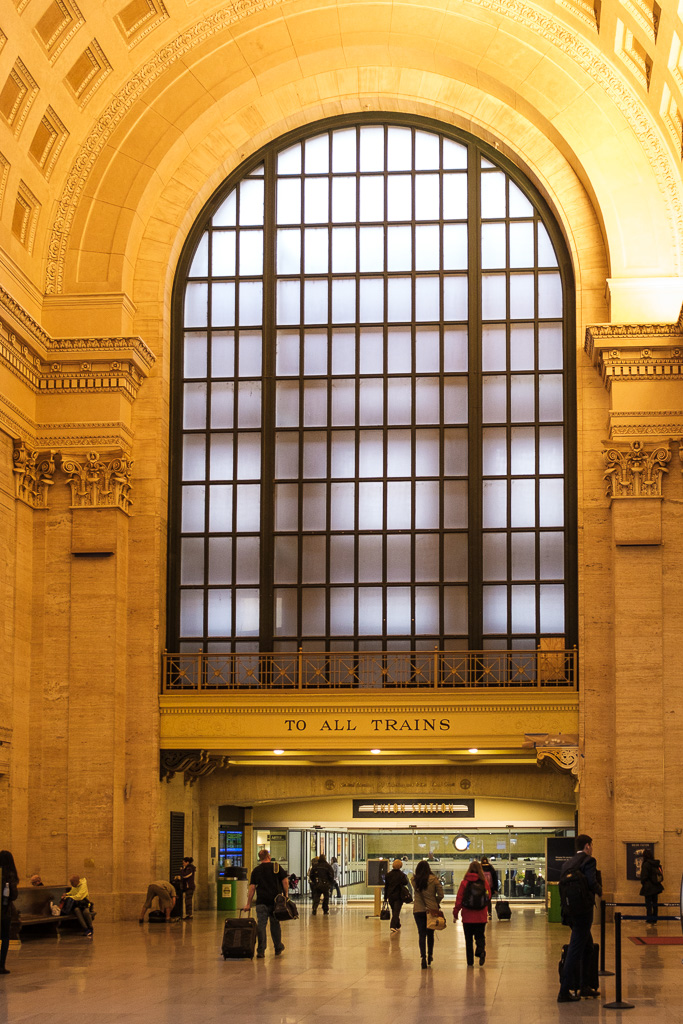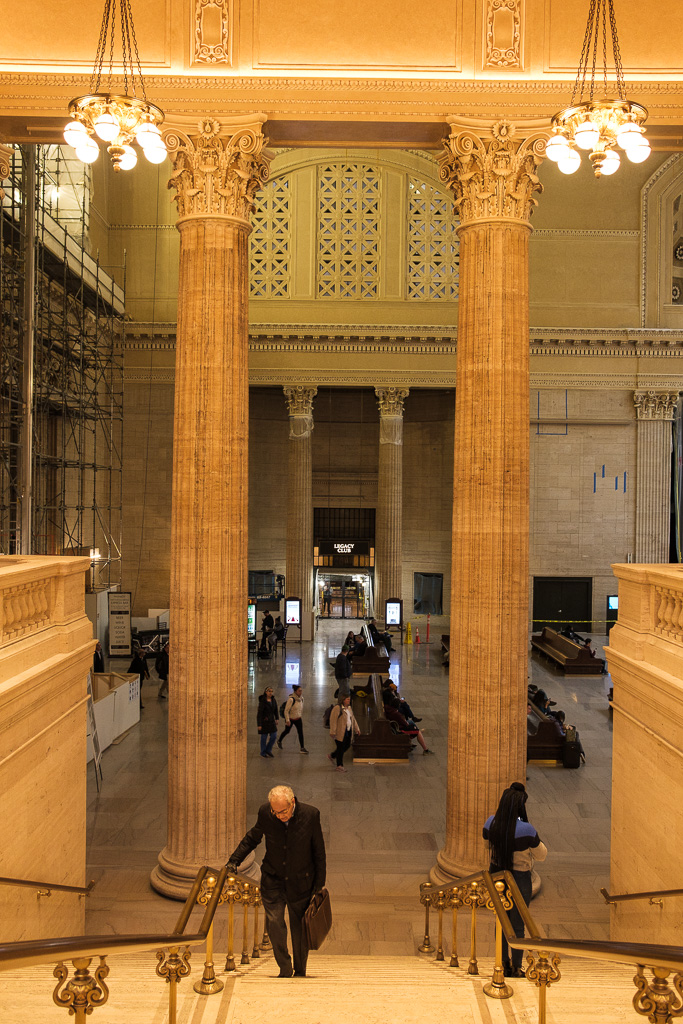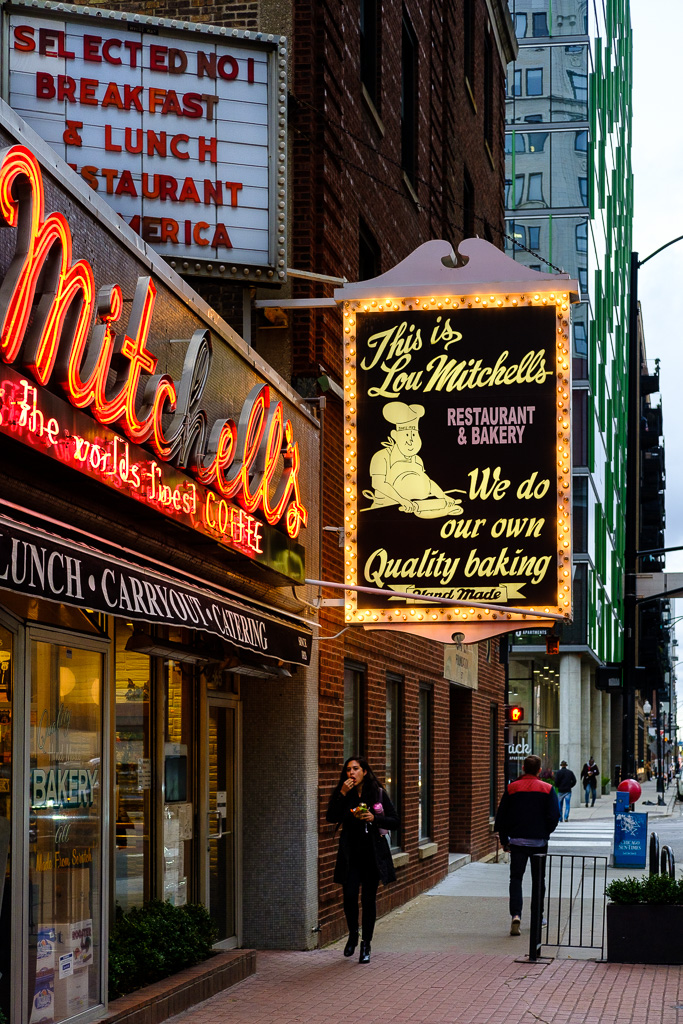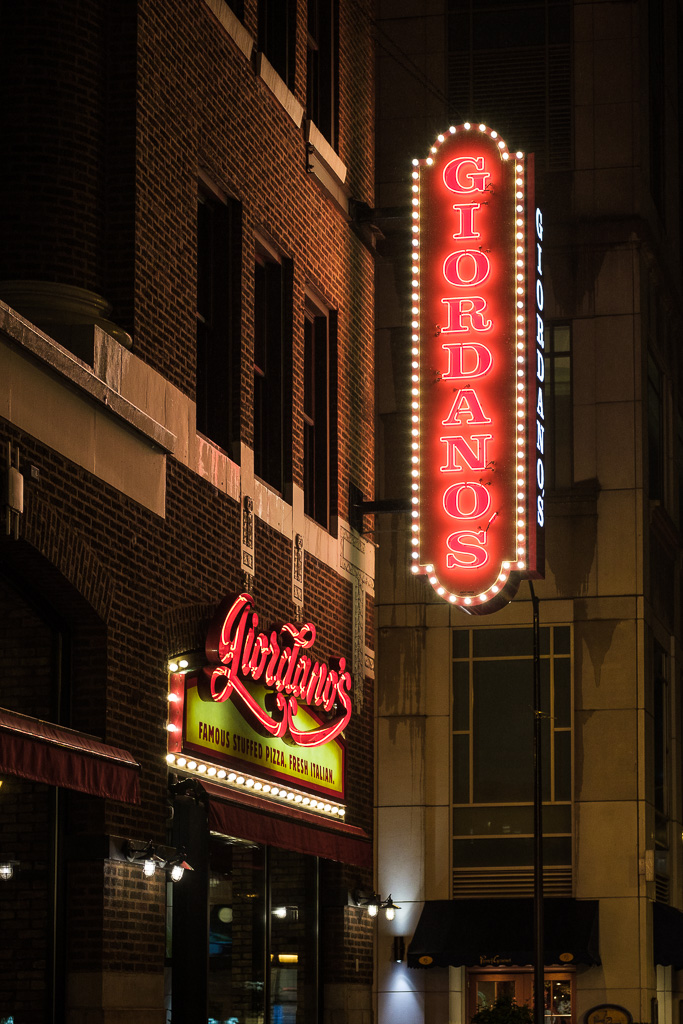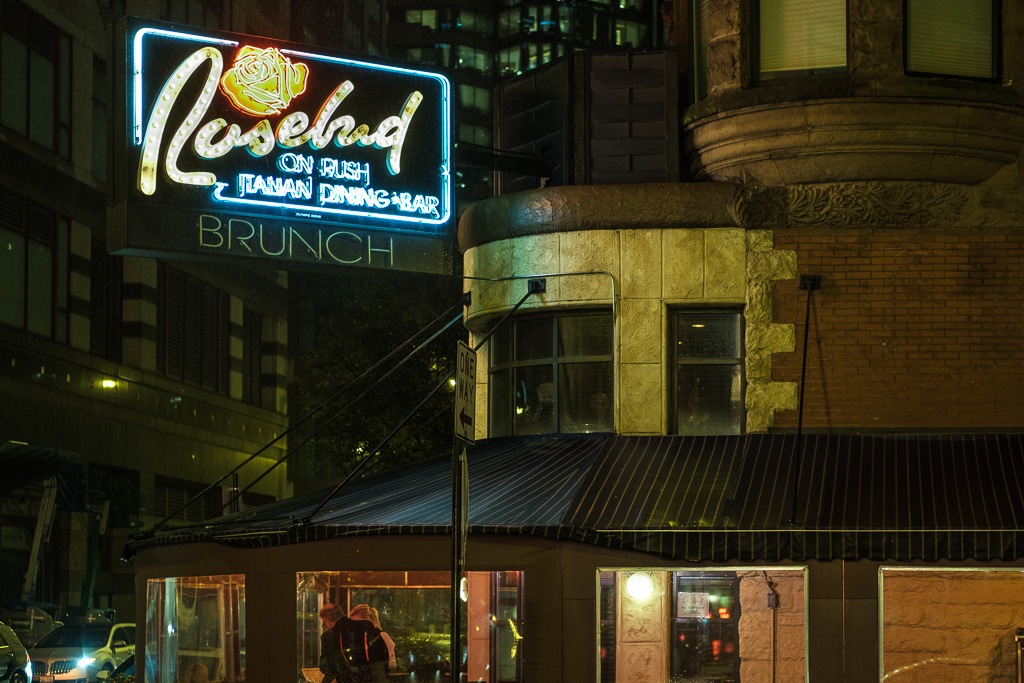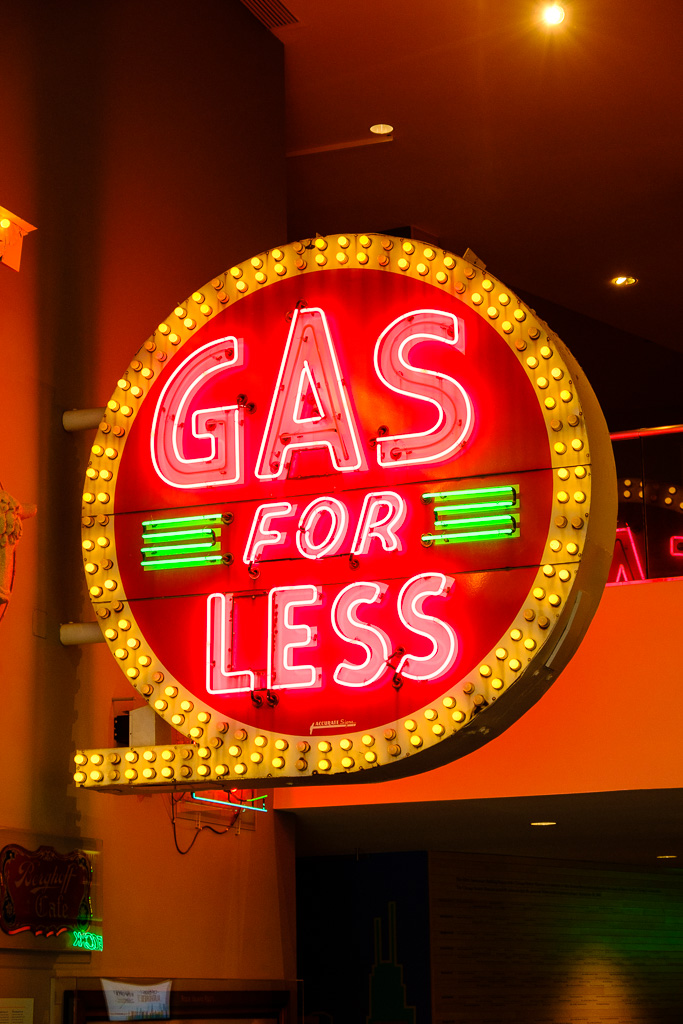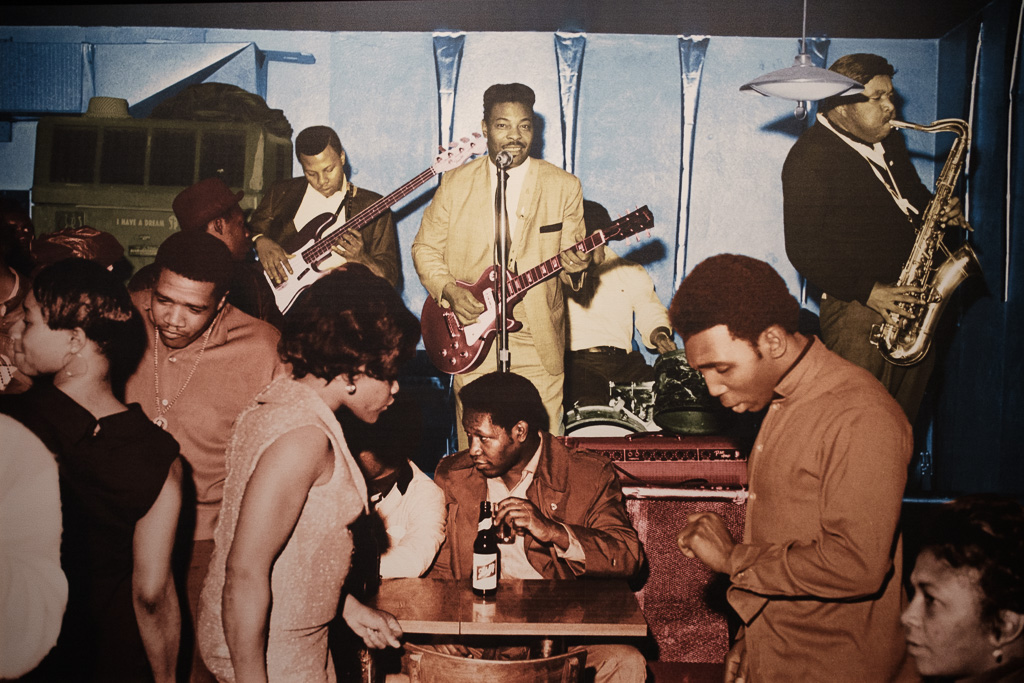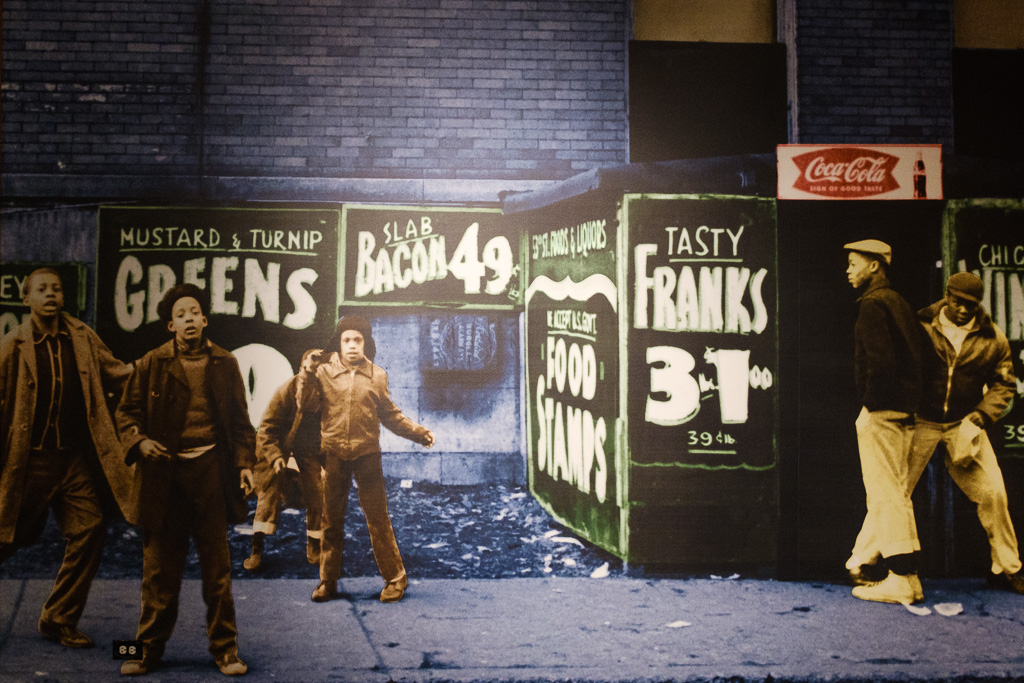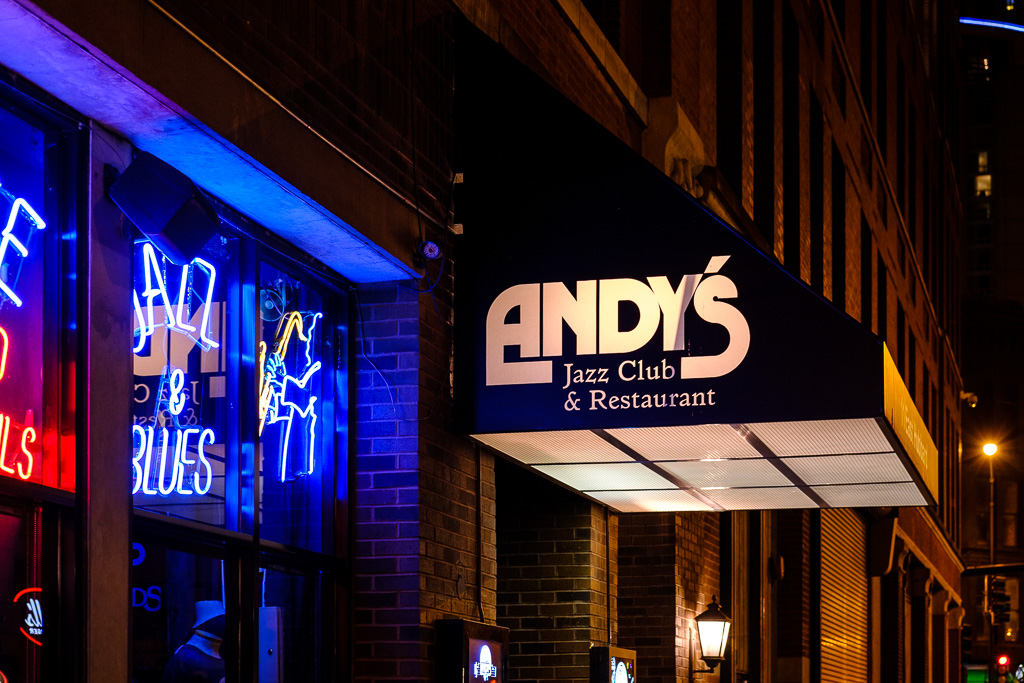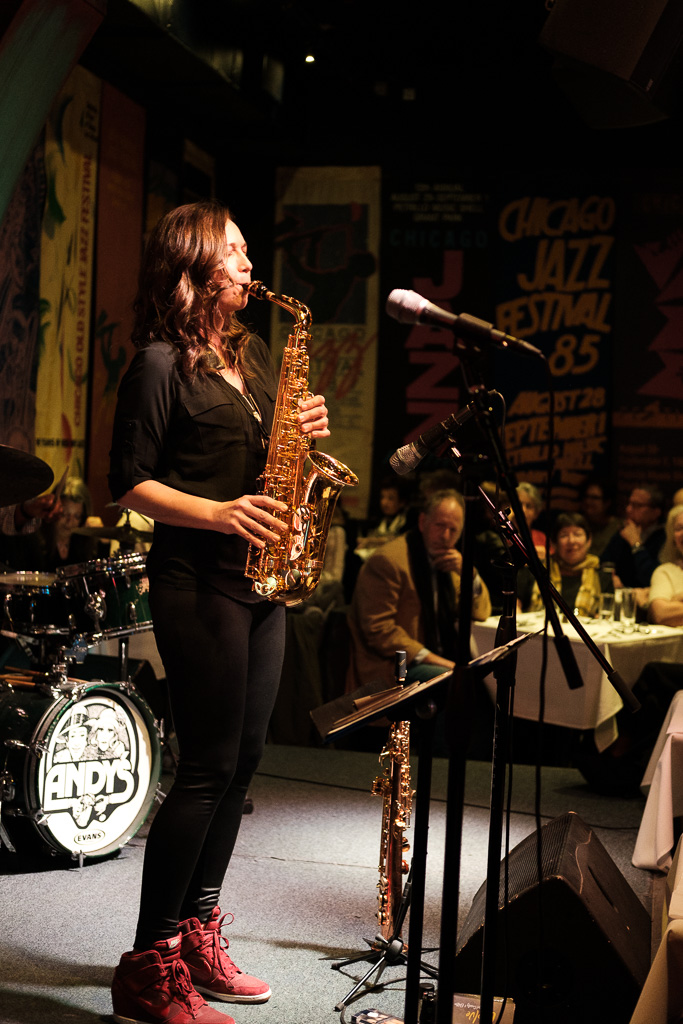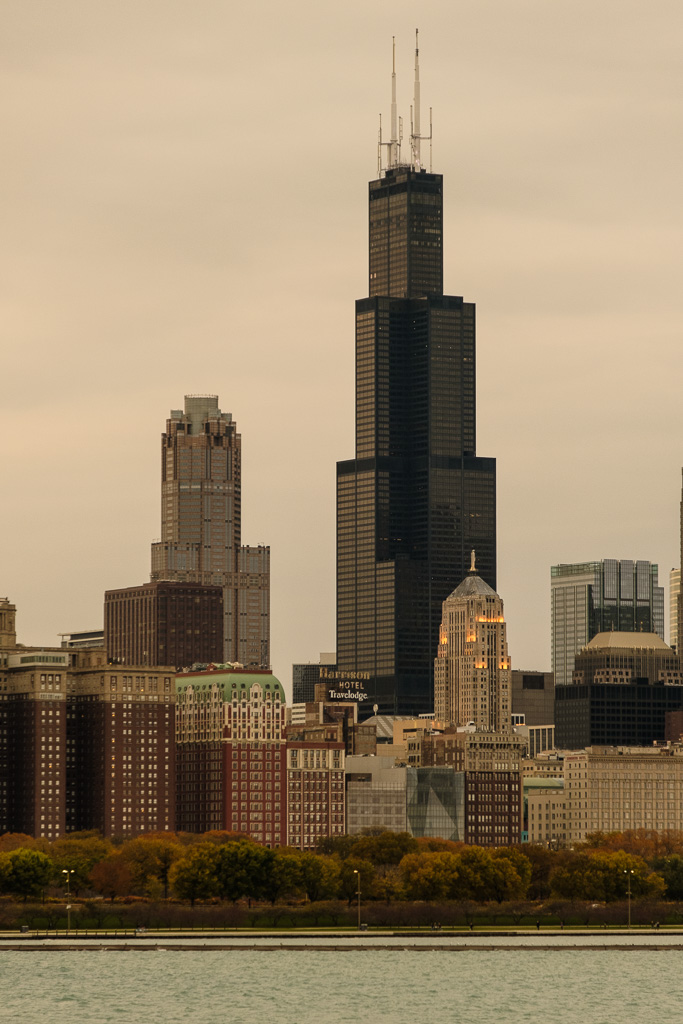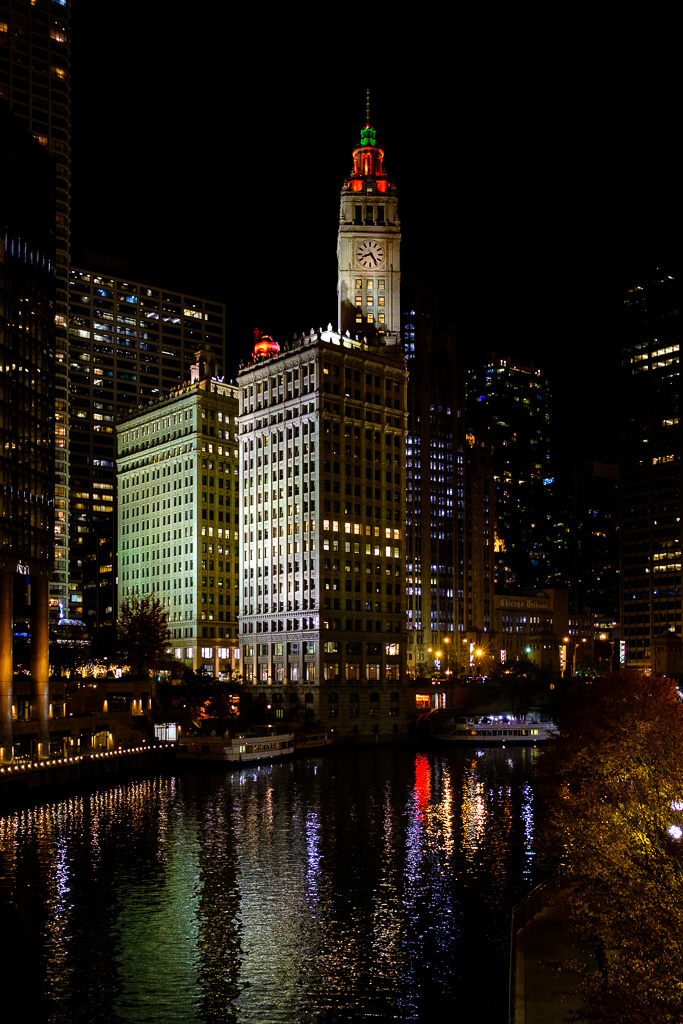Route 66 in Chicago – the Missing Post.
 Where we last left off in my California series was Seal Beach just below Los Angeles County. I had planned to post another set or two from my journeys along the Southern California coast, but I just can’t bring myself to do it at the moment. The plan was to start at the Palos Verdes peninsula in Los Angeles and head northward to Malibu, among other places, and beyond, with Point Mugu in Ventura County our final destination in the next set. In fact, it’s ready to go.
Where we last left off in my California series was Seal Beach just below Los Angeles County. I had planned to post another set or two from my journeys along the Southern California coast, but I just can’t bring myself to do it at the moment. The plan was to start at the Palos Verdes peninsula in Los Angeles and head northward to Malibu, among other places, and beyond, with Point Mugu in Ventura County our final destination in the next set. In fact, it’s ready to go.
As I write this, the Woolsey Fire in the Santa Monica Mountains of Los Angeles County is only 40% contained based on reports late yesterday (Nov. 13). It’s been burning in Ventura County as well – both the Woolsey Fire and the Hill Fire. The size of the Woolsey Fire is said to be more than 150 square miles – about the size of the city of Denver! The devastating fire burned its way to the Pacific Coast Highway. Along the coast the fire stretches from Malibu all the way to Point Mugu State Park. As I understand it, the PCH remains closed along the coast from Pacific Palisades to Point Mugu. There is a huge path of destruction. Mandatory evacuations remain in place in Malibu and Topanga.
My heart goes out to all those in and around the California fire zones (north and south), including friends and family. I am in awe of the firefighters and other first responders there and in Butte County up north.
When the fires are contained and some time has passed, I will resume the series. Not now… it’s not the time.
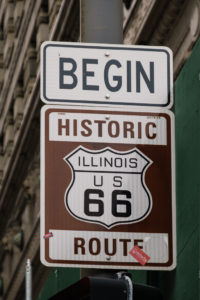 Instead, we’ll do a virtual jump of about 2,000 miles to Chicago. When I drove Route 66 last year I started in Joliet south of Chicago. Ever since I have been meaning to get to Chicago to get some pix along the Mother Road there (and especially the “Begin” sign). How can I blog Route 66 without a post containing the sign showing the start? Finally, I made it there at the beginning of this month for a hugely enjoyable return visit to that great city after many years away. It was a curated group trip (“Art Deco in the Windy City”) arranged by the Art Deco Society of New York (to which I belong) with the kind support and assistance of the Chicago Art Deco Society to take an in depth look at the extraordinary architecture there with the main emphasis on the art deco. To those following this blog for a bit now, why are you not surprised it was about art deco?
Instead, we’ll do a virtual jump of about 2,000 miles to Chicago. When I drove Route 66 last year I started in Joliet south of Chicago. Ever since I have been meaning to get to Chicago to get some pix along the Mother Road there (and especially the “Begin” sign). How can I blog Route 66 without a post containing the sign showing the start? Finally, I made it there at the beginning of this month for a hugely enjoyable return visit to that great city after many years away. It was a curated group trip (“Art Deco in the Windy City”) arranged by the Art Deco Society of New York (to which I belong) with the kind support and assistance of the Chicago Art Deco Society to take an in depth look at the extraordinary architecture there with the main emphasis on the art deco. To those following this blog for a bit now, why are you not surprised it was about art deco?
One can’t say enough about the amazing architecture and sheer number of surviving historic buildings in Chicago. As just mentioned, the main goal was to explore the art deco – there is a lot of it, and it is very, very good. We got to see more than that but barely scratched the surface. The breadth of the architectural achievement there is what always strikes me: the Louis Sullivan and Daniel Burnham buildings, the Frank Lloyd Wrights, the deco, the many Mies van der Rohe modernist buildings, the other modern architecture…it’s incredible.
I have been to Chicago many times over the years but almost always on a business trip. That meant little time for exploring, if any. The five days I spent there this month were a first. I really got to see something of the city. It was hugely interesting and very fun.
I arrived ahead of the start of the program and had a full day to walk around the “Loop” on my own and trace Route 66 through the historic downtown. Thankfully, the weather was (mostly) cooperating. November in Chicago can be a gamble. Route 66 is the focus of this post.
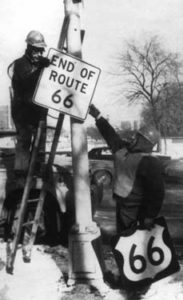 Originally the Mother Road ran along Jackson Blvd. through the Loop. The starting point (and end of the road) was Jackson Blvd. at Michigan Ave. In 1937, Jackson and Lake Shore Drive became the start (and end). Later (in 1955) it followed both Adams St. (one way west) and Jackson Blvd. (one way east). In both cases, Route 66 then connected to Ogden Ave. which runs southwest from the near west side.
Originally the Mother Road ran along Jackson Blvd. through the Loop. The starting point (and end of the road) was Jackson Blvd. at Michigan Ave. In 1937, Jackson and Lake Shore Drive became the start (and end). Later (in 1955) it followed both Adams St. (one way west) and Jackson Blvd. (one way east). In both cases, Route 66 then connected to Ogden Ave. which runs southwest from the near west side.
I will note, however, that there is a Lincoln Highway connection to Chicago as well. The Lincoln ran just south of Chicago and then cut north to the west of the city. Specifically, the route ran west through Chicago Heights (where it crossed the Dixie Highway), continued west through New Lenox to Joliet, and then northwest, through Plainfield, crossing historic Route 66 on the way to Aurora and then Geneva where it turned west. It intentionally bypassed Chicago but there were “feeders” into the city.
Don’t worry, there will not be a pop quiz on any of this.
The slow death of Route 66 started in the 1950s with the construction of the US interstate highway system and the replacement of much of Route 66 by the interstates (“freeways” in the western US). By the early 70s most of original Route 66 had already been bypassed. In Chicago, the starting (and ending) point of this historic American road, the official 66 signs were taken down in Grant Park on January 17, 1977 (said to have been the last remaining signs along the route in Illinois), which is captured in the photo to the left which I found online.
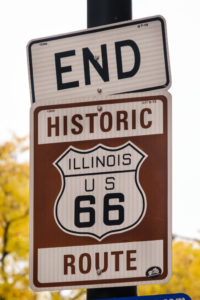 Route 66 was officially decertified in 1985 at which point it ceased to exist as a “numbered highway” in the US. That was after the few surviving stretches of 66 in Missouri and Arizona were decommissioned in the early 80s. (In October 1984 the final section of the original road was bypassed by Interstate 40 at Williams, Arizona, and that was it.) As the readers of my Route 66 posts know well, however, the historic road lives on. In Chicago, white-and-brown “Historic Route 66” signs went back up in 1996! The new “End 66” sign (to the left) is at Jackson and Michigan, and the “Begin 66” sign (above) is at Adams and Michigan just across Michigan from the Art Institute of Chicago.
Route 66 was officially decertified in 1985 at which point it ceased to exist as a “numbered highway” in the US. That was after the few surviving stretches of 66 in Missouri and Arizona were decommissioned in the early 80s. (In October 1984 the final section of the original road was bypassed by Interstate 40 at Williams, Arizona, and that was it.) As the readers of my Route 66 posts know well, however, the historic road lives on. In Chicago, white-and-brown “Historic Route 66” signs went back up in 1996! The new “End 66” sign (to the left) is at Jackson and Michigan, and the “Begin 66” sign (above) is at Adams and Michigan just across Michigan from the Art Institute of Chicago.
In this post we’ll see a number of Chicago landmarks along or close to the path of Route 66 on Adams and Jackson in both the East Loop and (across the Chicago River) the West Loop: the Art Institute of Chicago, the statue of Abraham Lincoln by Saint Gaudens in Grant Park, Symphony Hall, the Berghoff, the Rookery Building, the Chicago Board of Trade Building, Lou Mitchell’s, Union Station and more.
The majestic Great Hall at Chicago Union Station (1925) – on the path of Route 66 between Jackson and Adams in the West Loop – is looking very good these days. There’s a $22 million renovation project underway. Union Station was originally designed by Daniel Burnham (completed by others after his death).
Lou Mitchell’s (on Jackson in the West Loop) and the Berghoff (on Adams in the East Loop) both are from the Route 66 era and very famous Chicago eateries.
My hotel was in the former art deco era Chicago Motor Club. I have included a few pix. Check out the original map on the wall which includes the Lincoln Highway.
In the Loop, after a few shots of the hotel and the “L” join me first along State Street heading for the Route 66 sites with a couple of detours, including the magnificent former central library building with its Tiffany dome. The image at the top left is the Chicago Theater, at 175 N. State St. (1921).
I have also added a few others besides the State St. pix which are a greater distance from the path of Route 66 (but still within the historic business center in the Loop or in the case of a few of the neon signs just across the river in the Near North Side) in the hope that I can share with you the feeling of exploring the historic central city and searching for the Chicago of the Route 66 era. It’s still there and, in fact, is not at all hard to find. As already mentioned, there is a huge amount of surviving historic architecture there. You’ll also see that there’s a lot of modern mixed in with the older buildings now.
I didn’t get to hear any blues while I was there but did make it to Andy’s Jazz Club in the Near North Side for some great jazz. The two historic photos at the Chicago History Museum in Lincoln Park in the North Side are from an exhibition on the history of the Chicago blues there. They also had some fantastic vintage signs on display, among other things.

The “L” trains are still running on elevated tracks within the downtown. Very cool and very Chicago!
How was the Chicago deep dish pizza? Very good indeed, but, fellow Berkeleyans, not quite at the level of Zachary’s in Berkeley and Oakland!
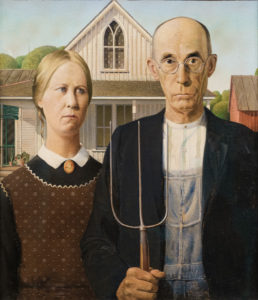 One of the days there was pretty miserable weather which made it a museum day. The Art Institute of Chicago is not to be missed if you are in the city. To the left is one from that visit – the iconic 1930 “American Gothic” painting by Grant Wood in the collection there.
One of the days there was pretty miserable weather which made it a museum day. The Art Institute of Chicago is not to be missed if you are in the city. To the left is one from that visit – the iconic 1930 “American Gothic” painting by Grant Wood in the collection there.
I am going to head back to Chicago as soon as there is good weather again next year. There is so much to see and do there.
I am planning on doing a couple more posts of the Chicago trip. Definitely my visit to Oak Park to see the Frank Lloyd Wright Home and Studio there and his Robie House in Hyde Park. Definitely some more art deco, too; this post is just a glimpse. See you again then!
Here is the set. Click on (or tap) an image to expand it (and use the arrow to the right on an expanded image to go through the set, if preferred over scrolling down in the post).
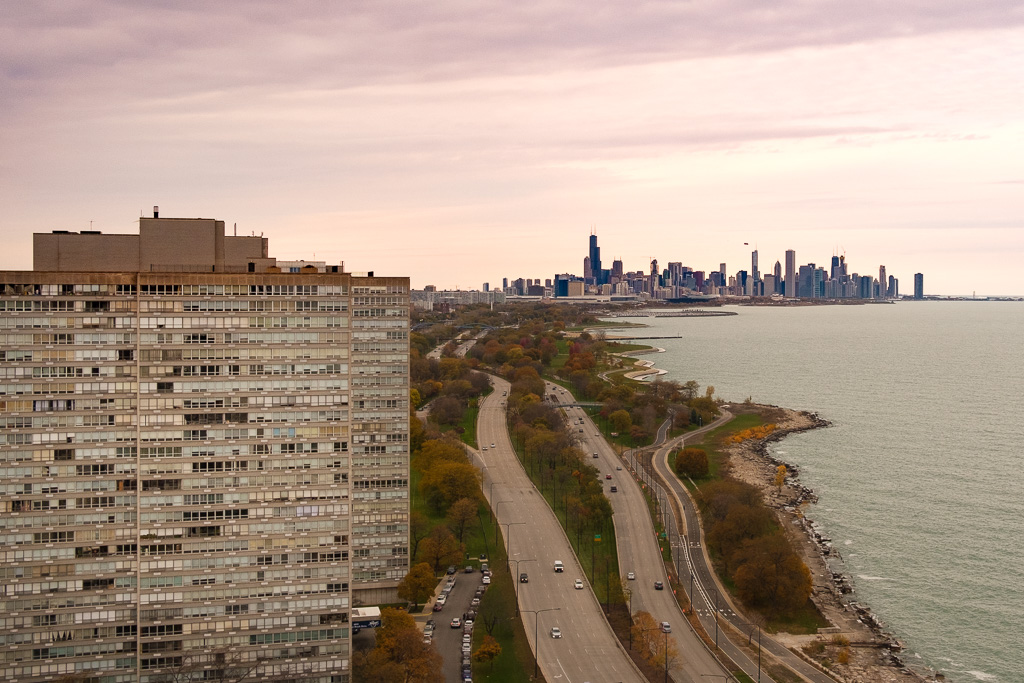
Lake Michigan and South Lake Shore Dr. looking north from East Hyde Park (taken from the rooftop deck at the Powhatan Apartments, South Chicago Beach Dr.)
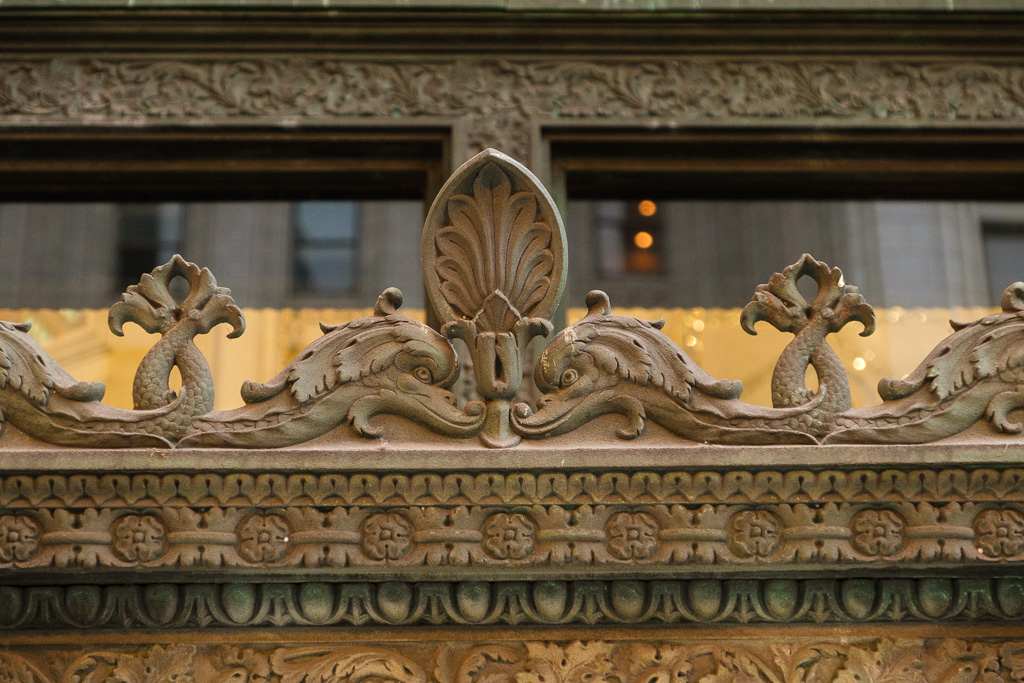
Architectural detail at the former central library entrance, now the Chicago Cultural Center, 1897, 78 E. Washington at North Michigan

Dome in the Grand Army of the Republic Memorial, Chicago Cultural Center, 1897, 78 E. Washington at North Michigan
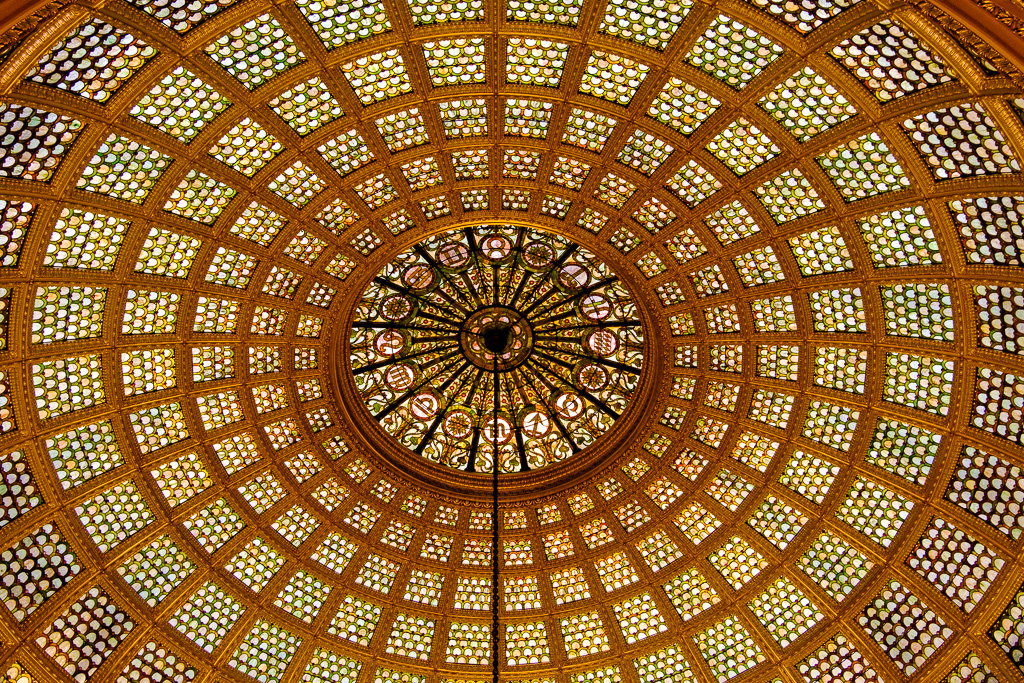
Tiffany Dome in the former central library building, Chicago Cultural Center, 1897, 78 E. Washington at North Michigan
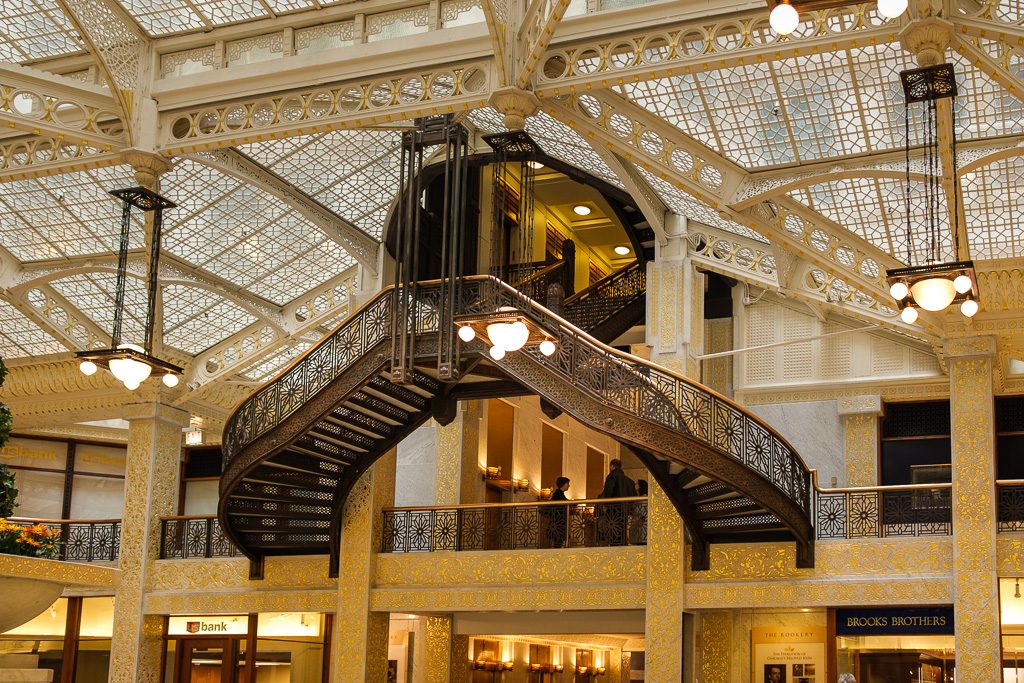
Rookery Building at South LaSalle and Adams (Burnham & Root ,1888, with lobby remodeled in 1905 by Frank Lloyd Wright)

Rookery Building at South LaSalle and Adams (Burnham & Root ,1888, with lobby remodeled in 1905 by Frank Lloyd Wright)

